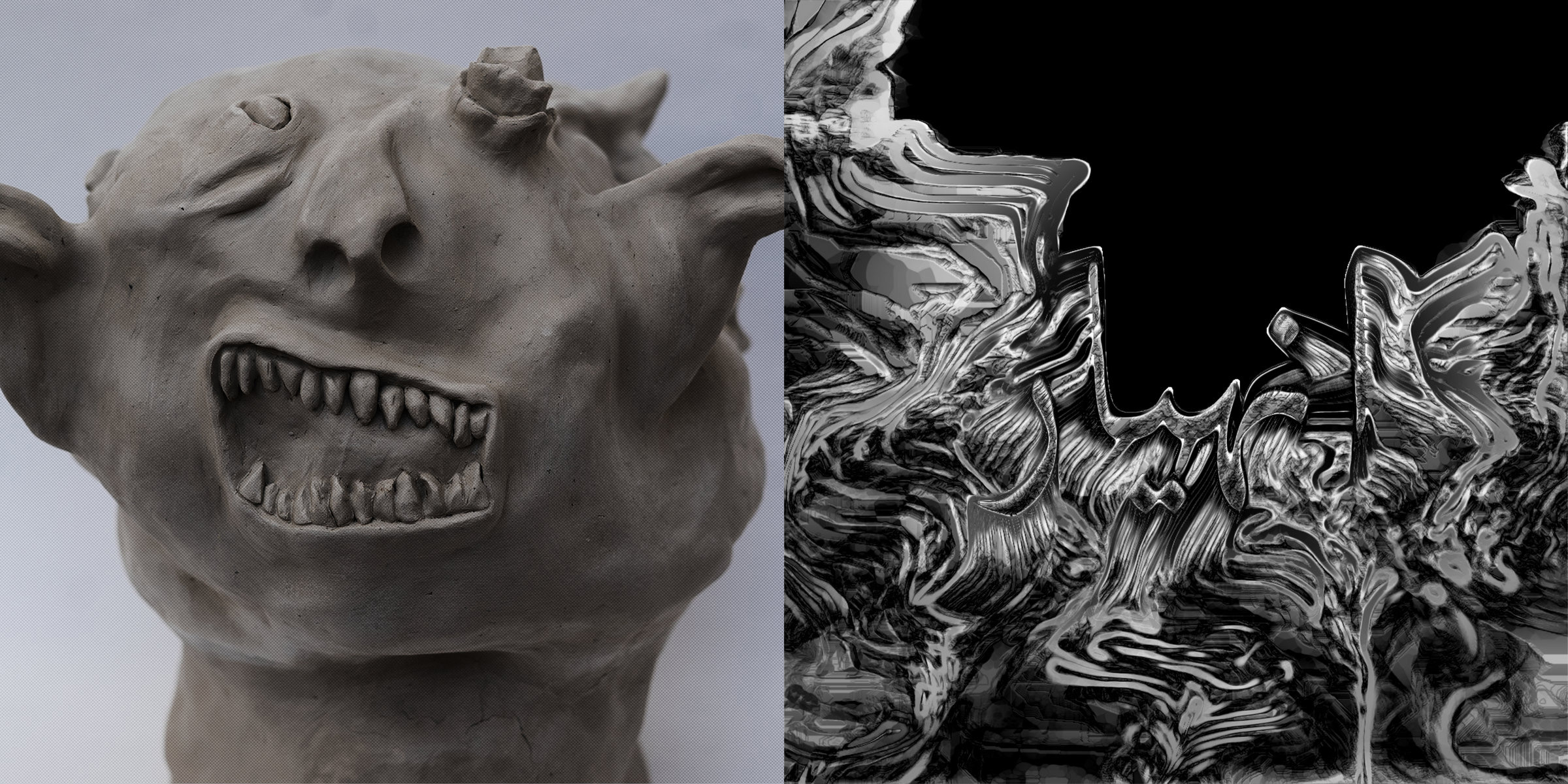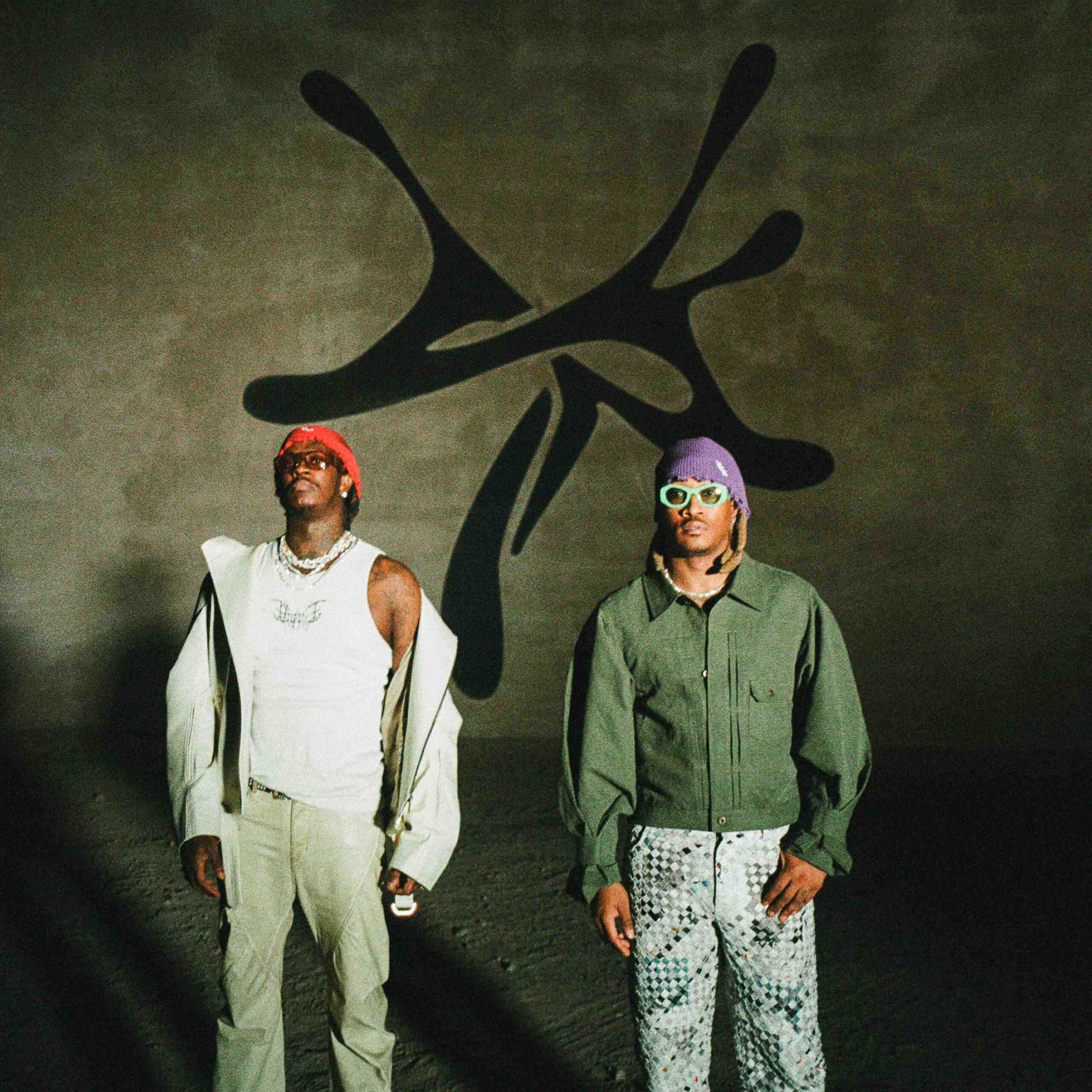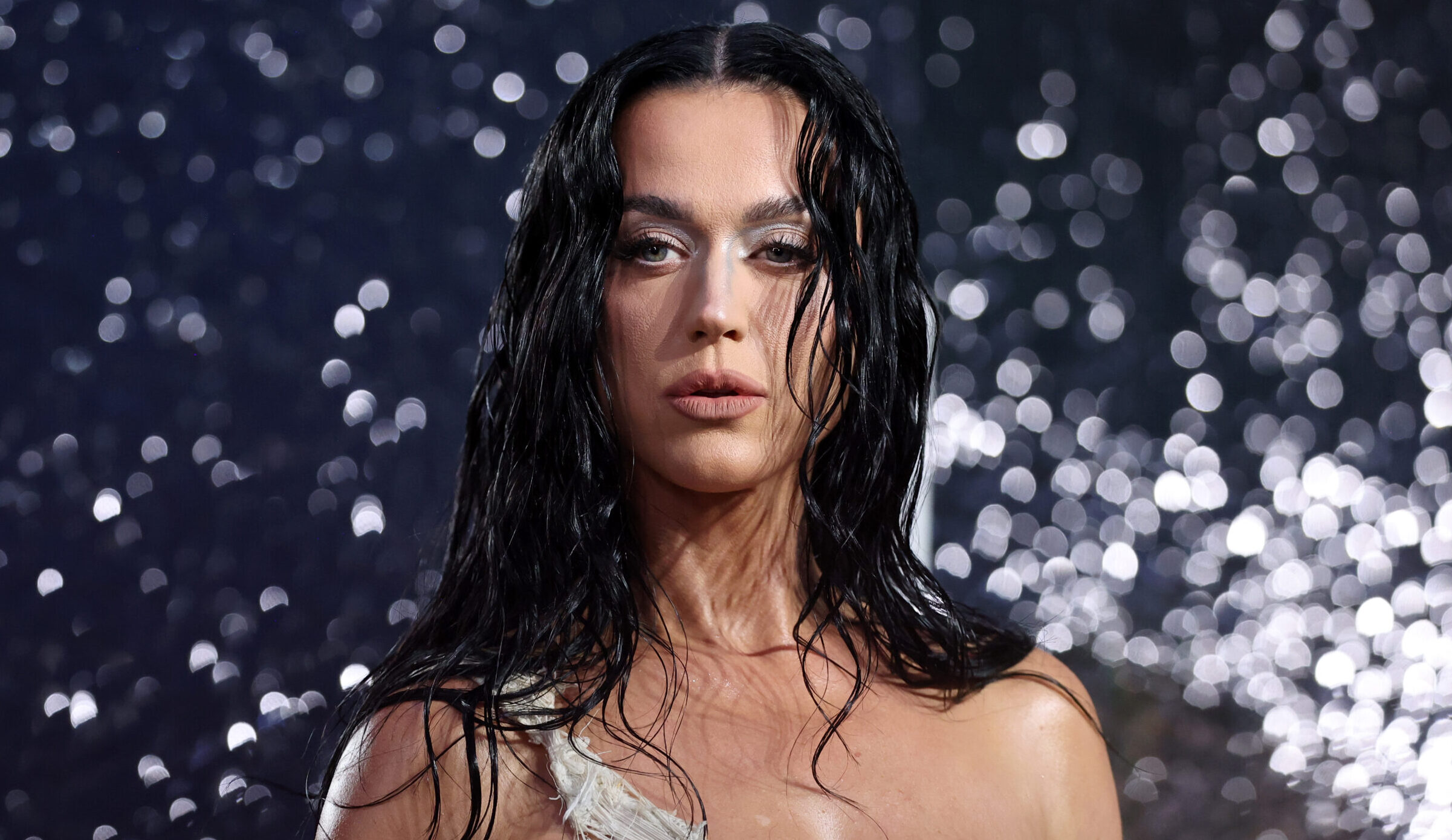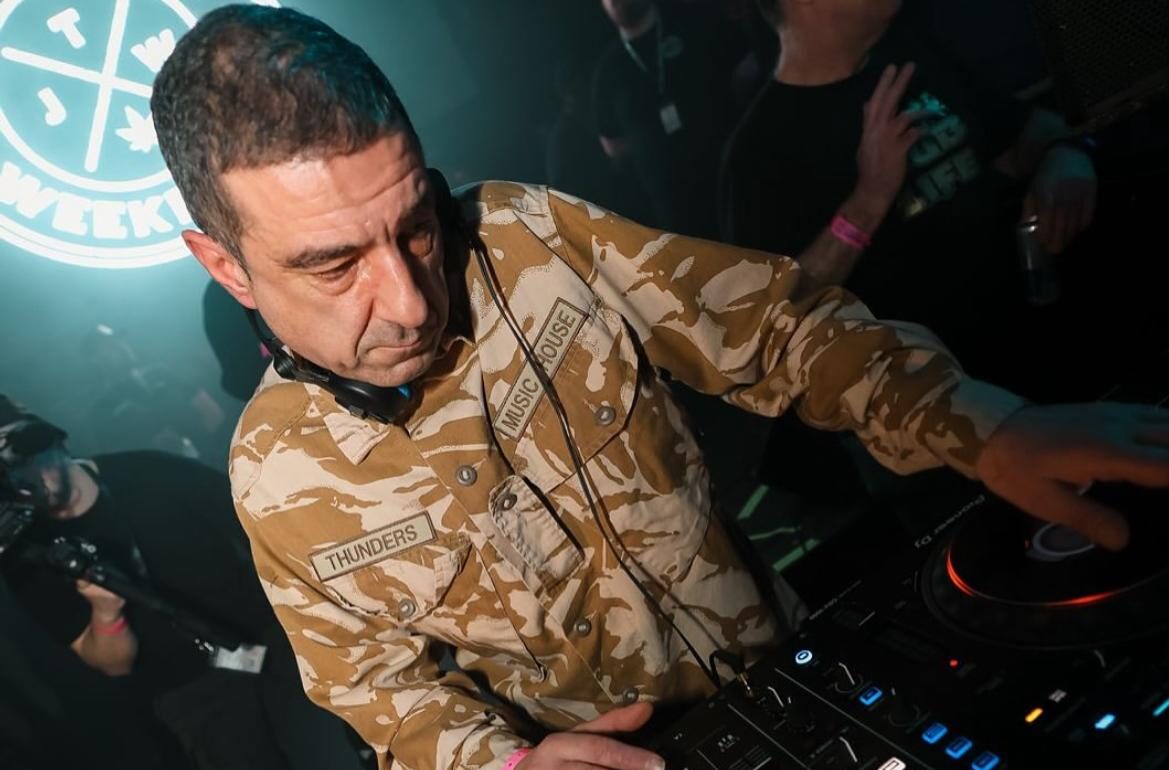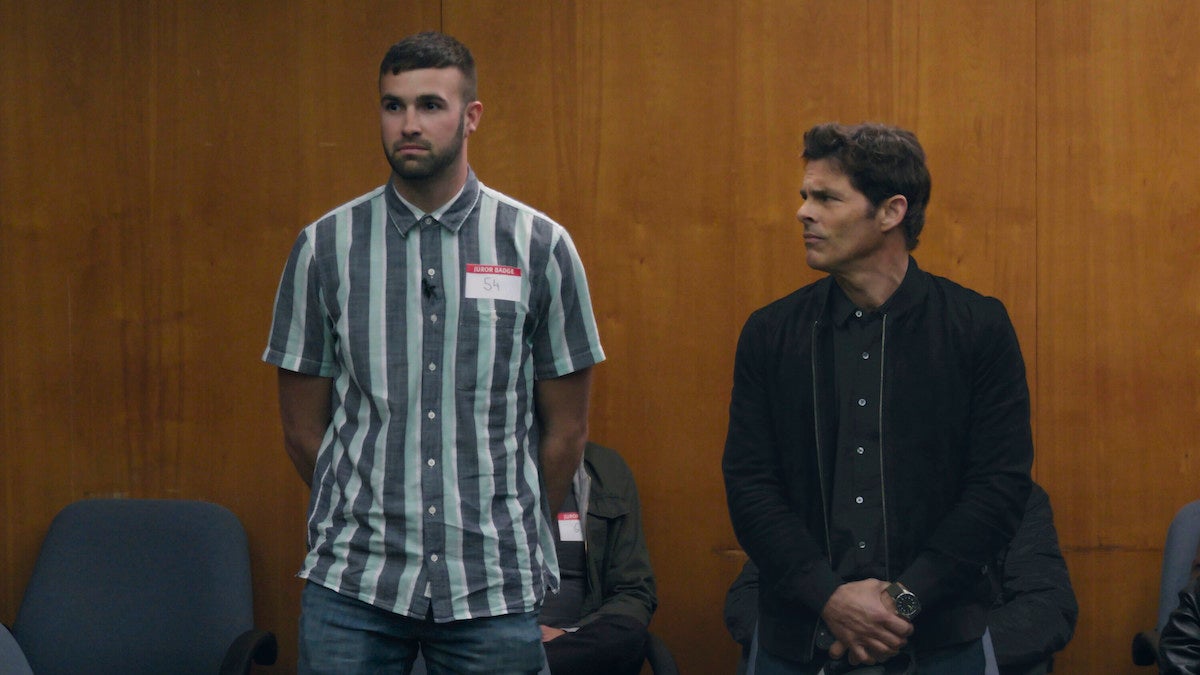How George Lucas’ ‘Star Wars’ Prequels Unexpectedly Saw the Future
As "Revenge of the Sith" hits 20, its much-derided emphasis on trade wars and the mechanics of a crumbling republic might deserve an apology today The post How George Lucas’ ‘Star Wars’ Prequels Unexpectedly Saw the Future appeared first on TheWrap.

Critics weren’t kind when the “Star Wars” prequel trilogy first hit theaters, deriding not just the silliness of Jar Jar Binks but a plot that constructed a science-fiction epic around, of all things, an intergalactic trade dispute and the political mechanics of a republic imploding from within.
Yet as the 20th anniversary of climactic chapter “Revenge of the Sith” nears (marked by its return to theaters), those aspects resonate differently amid President Donald Trump’s tariff-induced trade crisis and rising authoritarianism — cause to wonder whether everyone owes George Lucas an apology for turning “Star Wars” into “Trade Wars.”
Despite their flaws, parts of the trilogy now seem unnervingly prescient. In writing and directing the films, Lucas drew upon history in crafting the Republic’s fall and the rise of Emperor Palpatine, who manipulated the Senate to essentially hand him power.
As he stated in subsequent interviews, Lucas saw the origins of that less in the military coups that defined banana republics of the 20th century and more in terms of ceding control to dictators in ancient Rome and after the French Revolution.
In one podcast interview, Lucas cited having observed Richard Nixon during the Vietnam era as inspiration, which “got me to thinking about how democracies turn into dictatorships — not how they’re taken over … but how the democracy turns itself over to a tyrant.”
Lucas acknowledged that people weren’t particularly enthusiastic about the trade war concept, but defended the decision. “That’s how wars start,” he said — with corruption leading to disruption that makes people vulnerable to the appeal of strongmen.
That cascading series of events is identified directly in “Revenge of the Sith.” As Palpatine declares himself emperor in the name of “a safe and secure society,” Senator Padmé Amidala muses aloud, “So this is how liberty dies. With thunderous applause.”

“There’s no coup, there’s no rebellion, there’s no nothing,” the Lucasfilm founder told the Star Wars Archives in 2020. “They vote it in, which is what happens in real life.”
The parallels haven’t been lost on Cass R. Sunstein, a former Obama administration official who founded Harvard Law School’s program on behavioral economics and public policy and currently serves as the Robert Walmsley University Professor at Harvard.
A decade ago, Sunstein donned an academic hat to write “The World According to Star Wars,” a book that wed his fondness for the movies with his political knowledge, exploring what the films can teach us about freedom, law, economics and political uprisings.
Labeling the prequels “wildly underrated,” Sunstein acknowledged certain shortcomings in the movies — from clunky dialogue to Lucas’ admitted issues working with actors — while noting that the thematic elements “captured something that’s incredibly astute.”
“We do owe him an apology for neglecting the sheer amount of work he put into the narrative, which drew on a lot of labored research on his part on how democracies fall,” Sunstein told TheWrap. “It wasn’t casual or off hand or dumb. It was based on research.”
Specifically, Lucas zeroed in on corporate corruption and political dysfunction, and the threat that poses to democracy, paving the way for someone like Trump to portray themselves as an “I alone can fix it” savior.
Lucas “completely gets not only that the causes of democracy’s fall might be economic, but he also gets the sense that when nothing’s working, we need a strong figure that can do what needs to be done,” Sunstein said.
“How did George Lucas of all people see this one coming?”
In the weeks since Trump began to actually pursue his tariff agenda, others have wondered aloud about Lucas having seen the future, with headlines like “How ‘The Phantom Menace’s’ Trade Wars Can Help You Understand Our Political Moment” and “Trade Wars, Episode I: The Phantom Menace” in The Guardian and National Review, respectively — the latter of which asked, “How did George Lucas of all people see this one coming?”
As the Guardian’s Betsy Reed put it, “The more you ignore the terrible parts of the film (and believe me, there are lots of terrible parts), the more parallels with our own terrible time become apparent,” comparing the Trade Federation to tech CEOs bending the knee to Trump.
Lucas couldn’t be reached, but according to the just-released second season of “Light & Magic,” Disney+’s docuseries on visual effects powerhouse ILM, both he and crew members maintain he took the negative“Phantom Menace” reviews in stride.
“You’re in the movie business,” Lucas recalls telling Jar Jar Binks actor Ahmed Best in an interview for the series, adding that “80% of the people in the movie business get trashed, personally, in very, very destructive ways.”
Lucas concedes when making the films he was “obsessed” with demonstrating that digital filmmaking represented the future, which helps explain the indifferent approach to actors and dialogue. But he also states that critics misjudged a movie whose audience “consists primarily of 12 year olds” — reiterating a point he made last year at the Cannes Film Festival. Associates remember him saying the film would be viewed more favorably in 20 years.
That seems true, at least to a point, not necessarily because the 12 years olds who enjoyed Jar Jar then (unlike most of their parents) might be worrying about mortgages and tariffs now.
Lucas is a pretty erudite fellow, and got his start trafficking in a brainier, dystopian brand of science fiction, partly out of necessity, with his directorial debut “THX-1138” in 1971. He also clearly harbors mixed feelings about massive corporations like Disney, which bought Lucasfilm from him for $4 billion.
In 2015, he referred to having sold out to “white slavers” before later apologizing, and he publicly expressed support for Disney CEO Bob Iger in the face of last year’s proxy battle.

As noted, Sunstein’s book was also published around that time, meaning he wrote it before the words “President Trump” became a reality.
“When I was doing the book in 2015, I didn’t think the United States was at risk,” he said.
Within a few years, though, Sunstein’s attention turned to darker scenarios, prompting him to write a 2018 New York Review of Books piece headlined, “It Can Happen Here,” which explored the factors behind Hitler’s rise in relation to modern times.
Citing the fear that has caused institutions, from major law firms to universities, to bow to Trump’s demands (Harvard being a notable exception), Sunstein suggested there’s a sense that those inclined to resist might not have the resources to effectively do so.
“I see that in the academy,” he said. “People are scared. I’m scared.”
It’s no accident, perhaps, that the best of the “Star Wars” movies, “The Empire Strikes Back,” zeroes in on a moment when the Empire appears overpowering, and the rebels are on their heels. While the ultimate message of “Star Wars” is much more reassuring, and the good guys eventually triumph to the soaring strains of John Williams’ score, there’s no certainty of that in our galaxy.
“I don’t feel as confident now as I did then,” Sunstein said. “What is going to emerge from now is very unclear, but it is much more concerning than it was in 2017, ’18, or ’20.”
The post How George Lucas’ ‘Star Wars’ Prequels Unexpectedly Saw the Future appeared first on TheWrap.




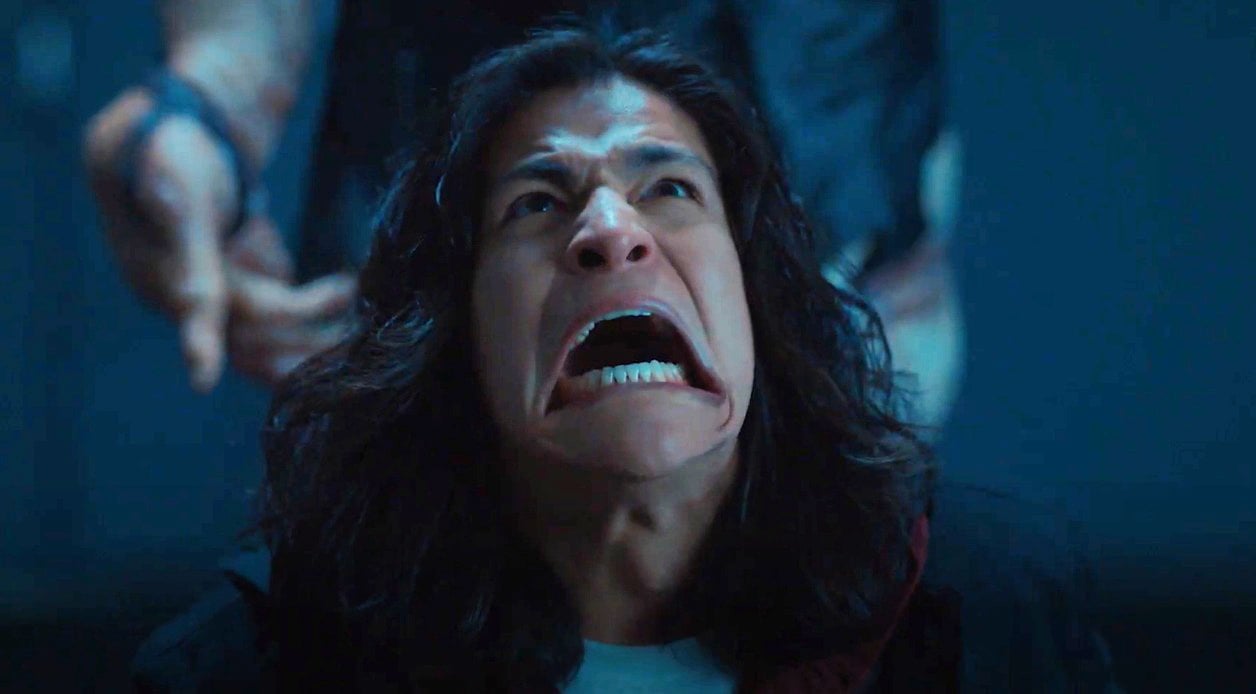

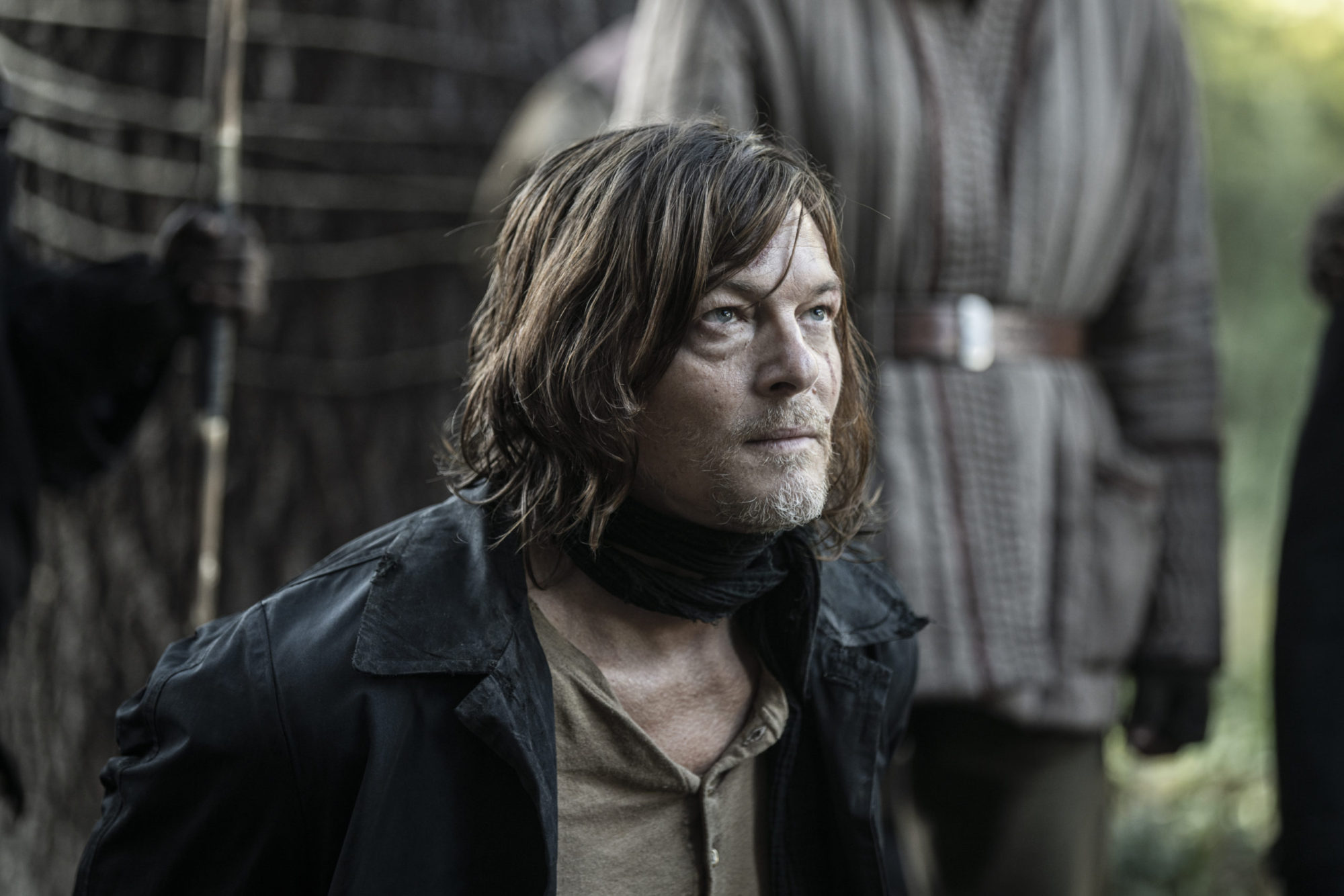














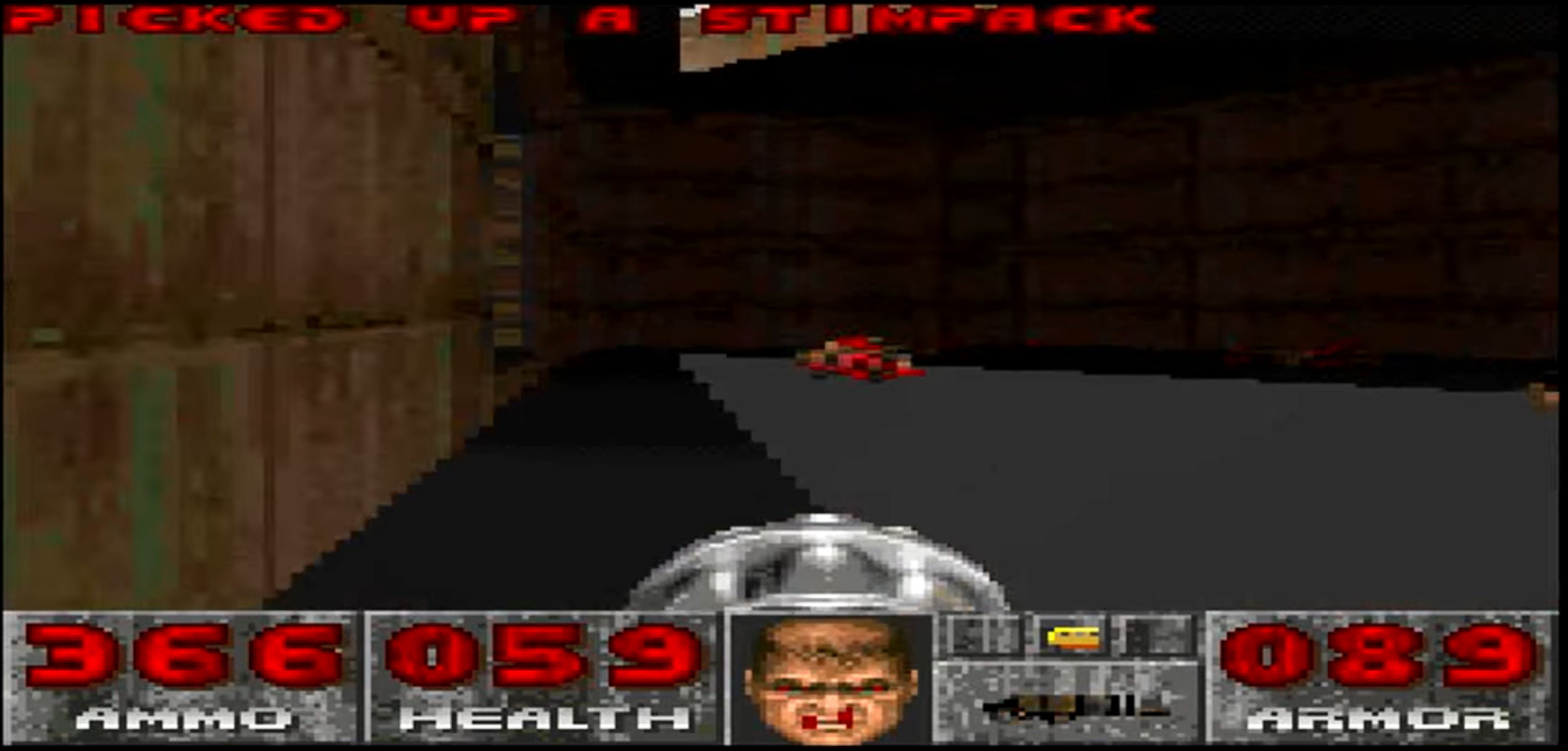
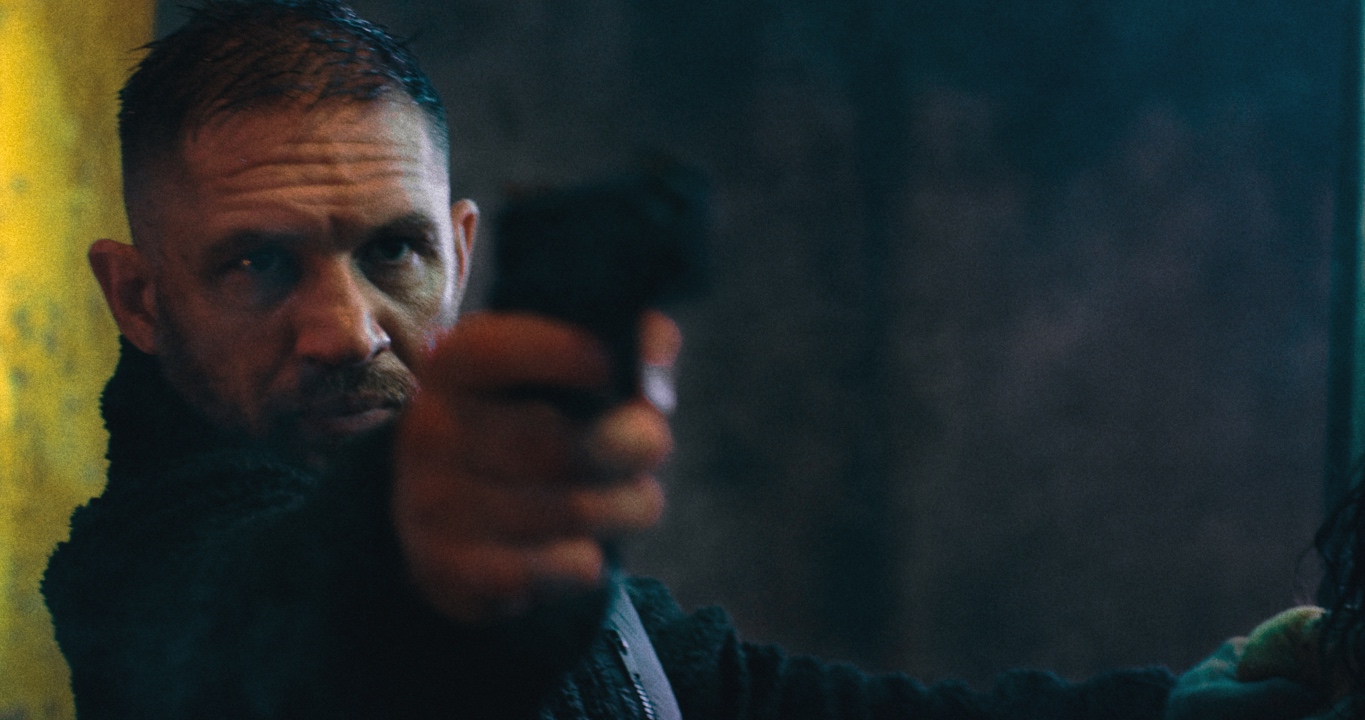




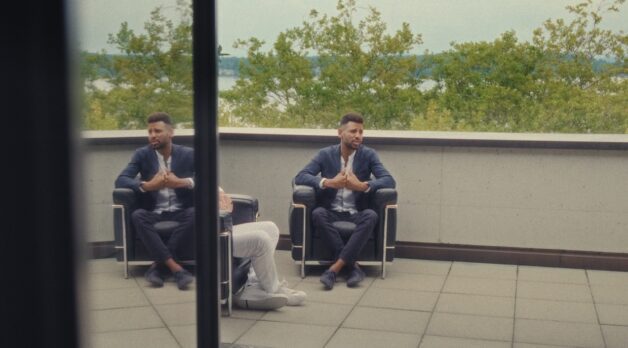
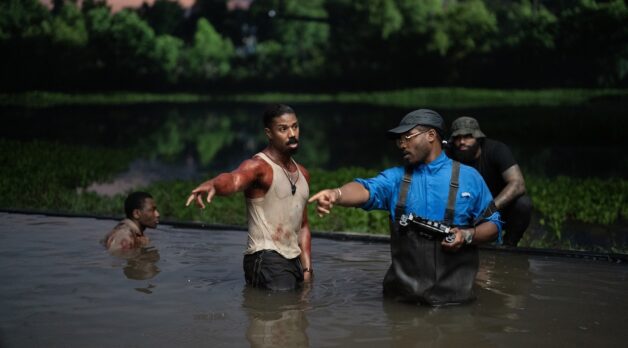
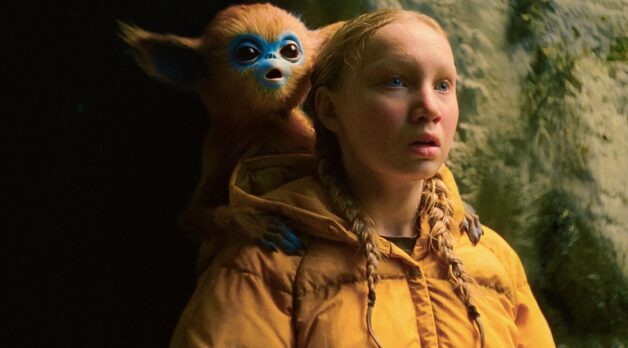
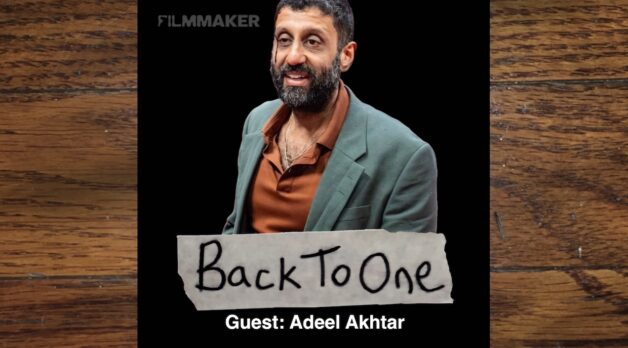










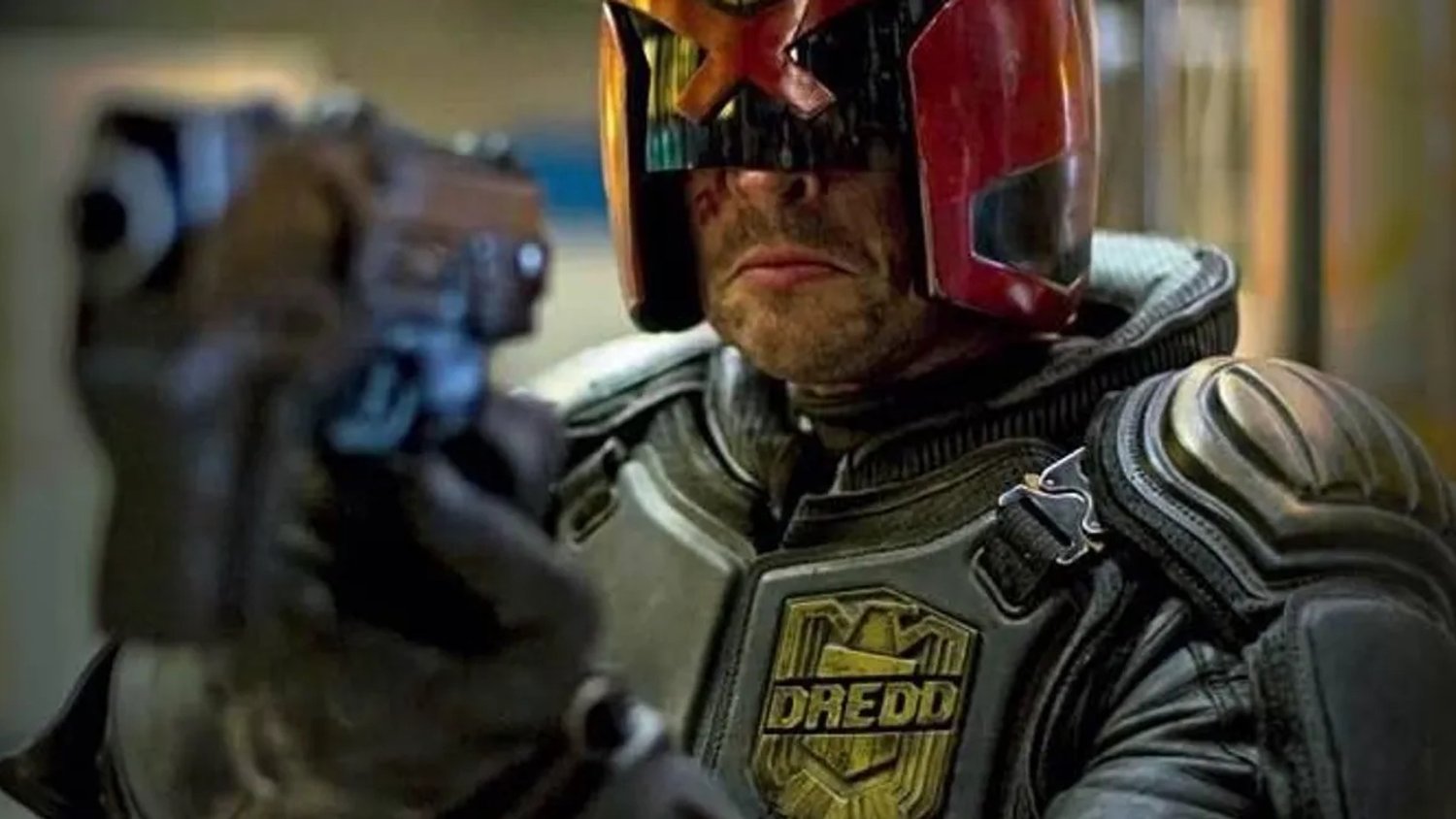











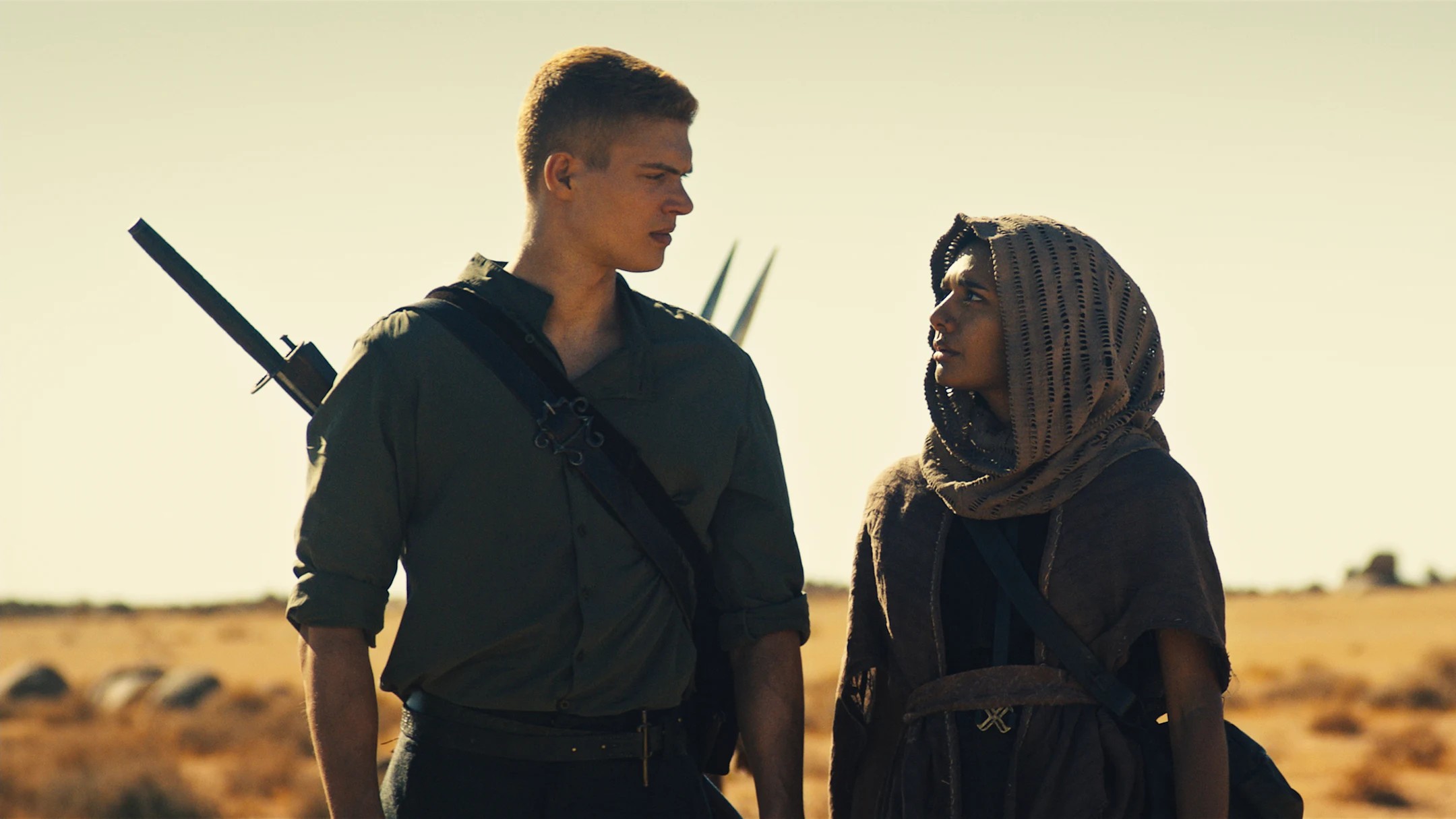

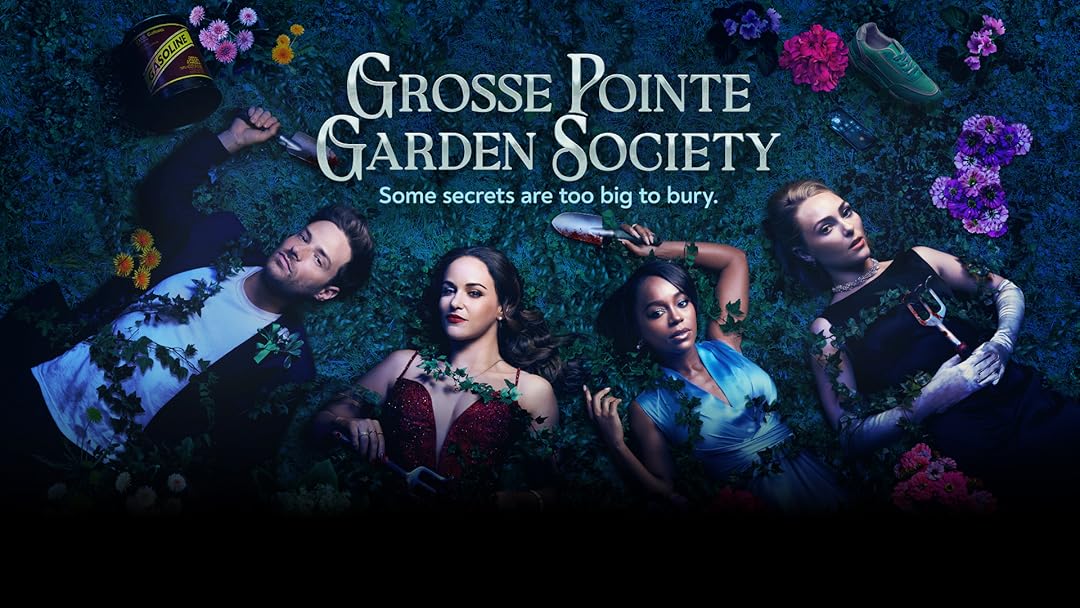
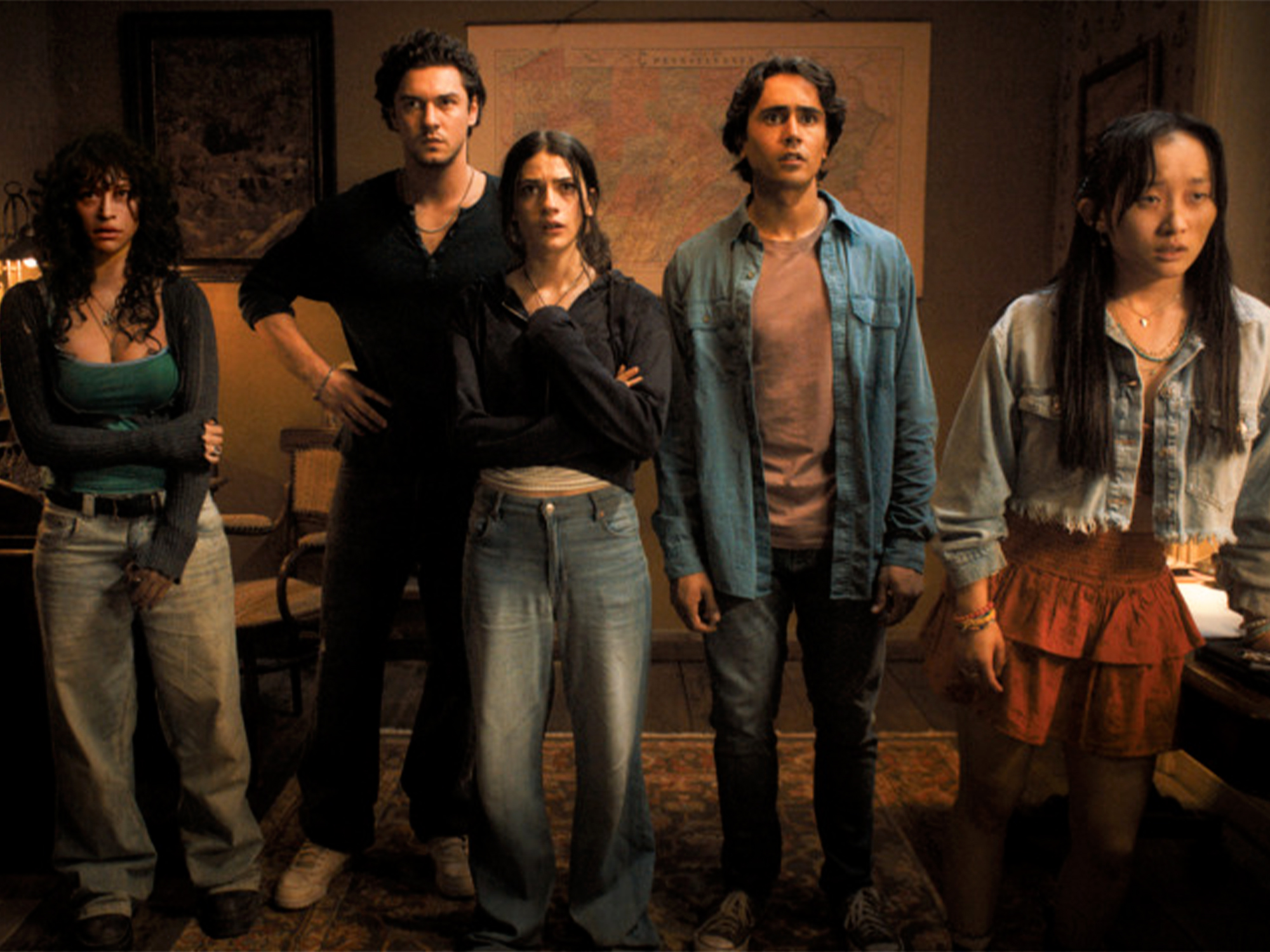
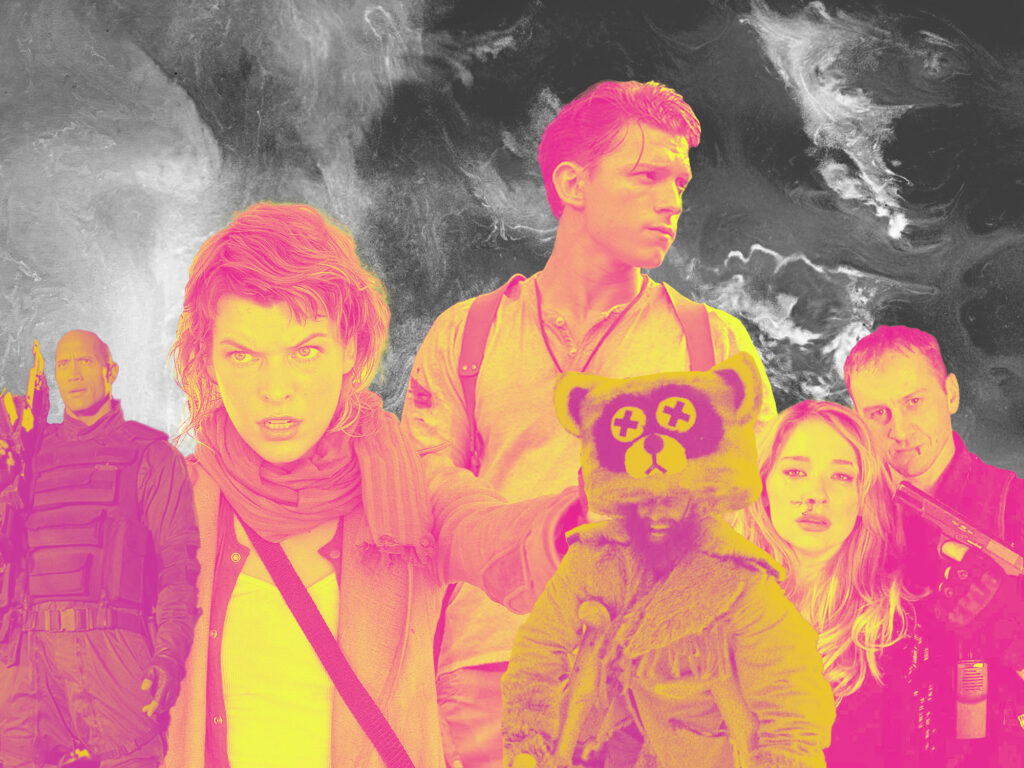







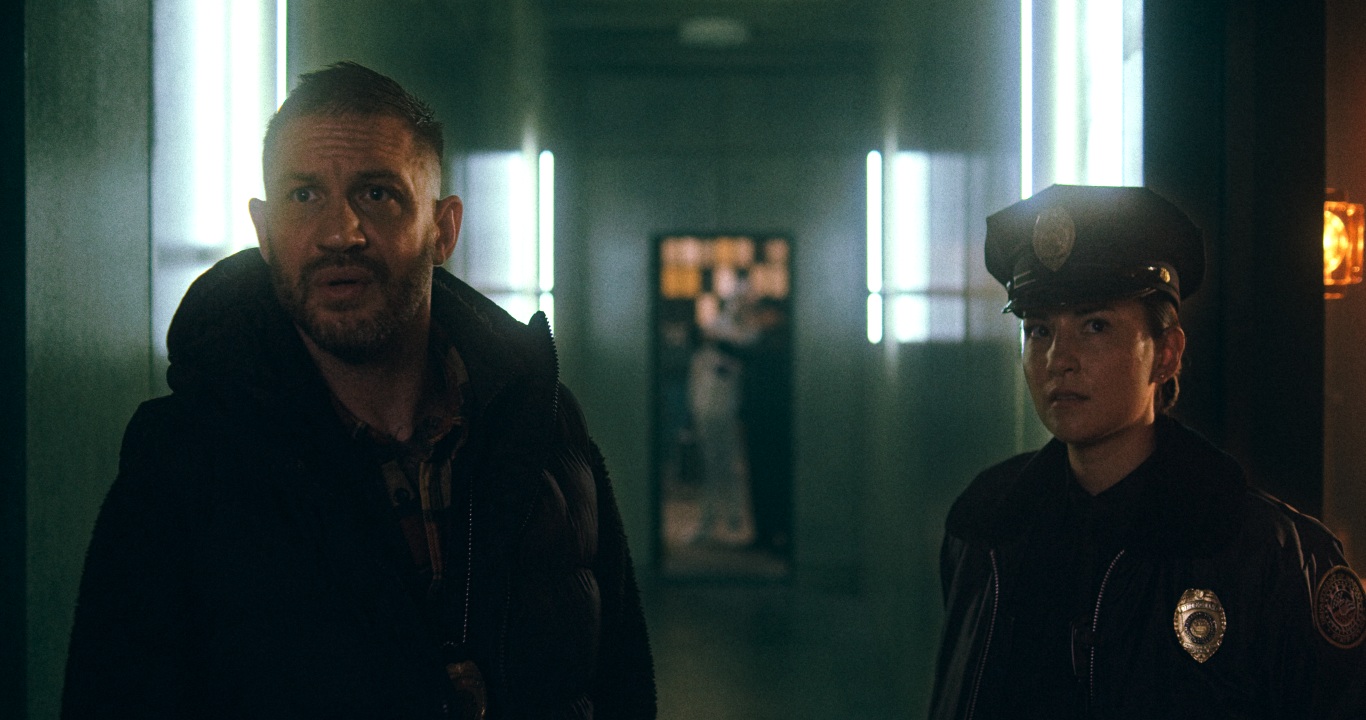






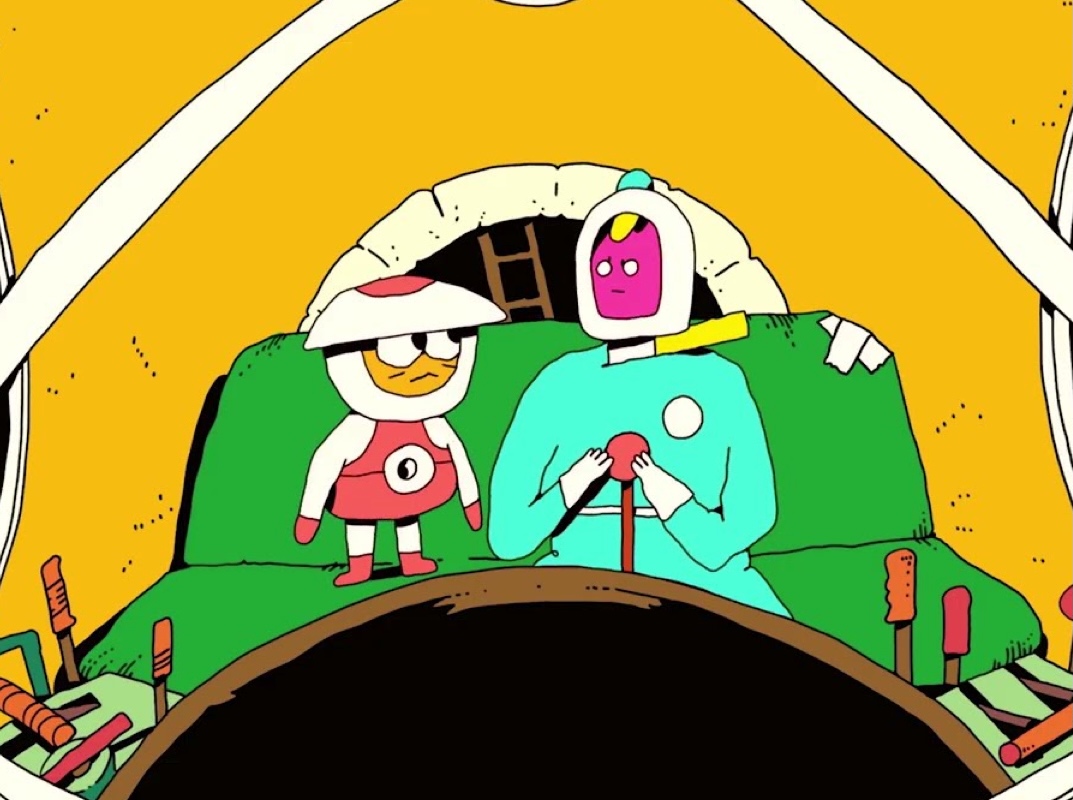
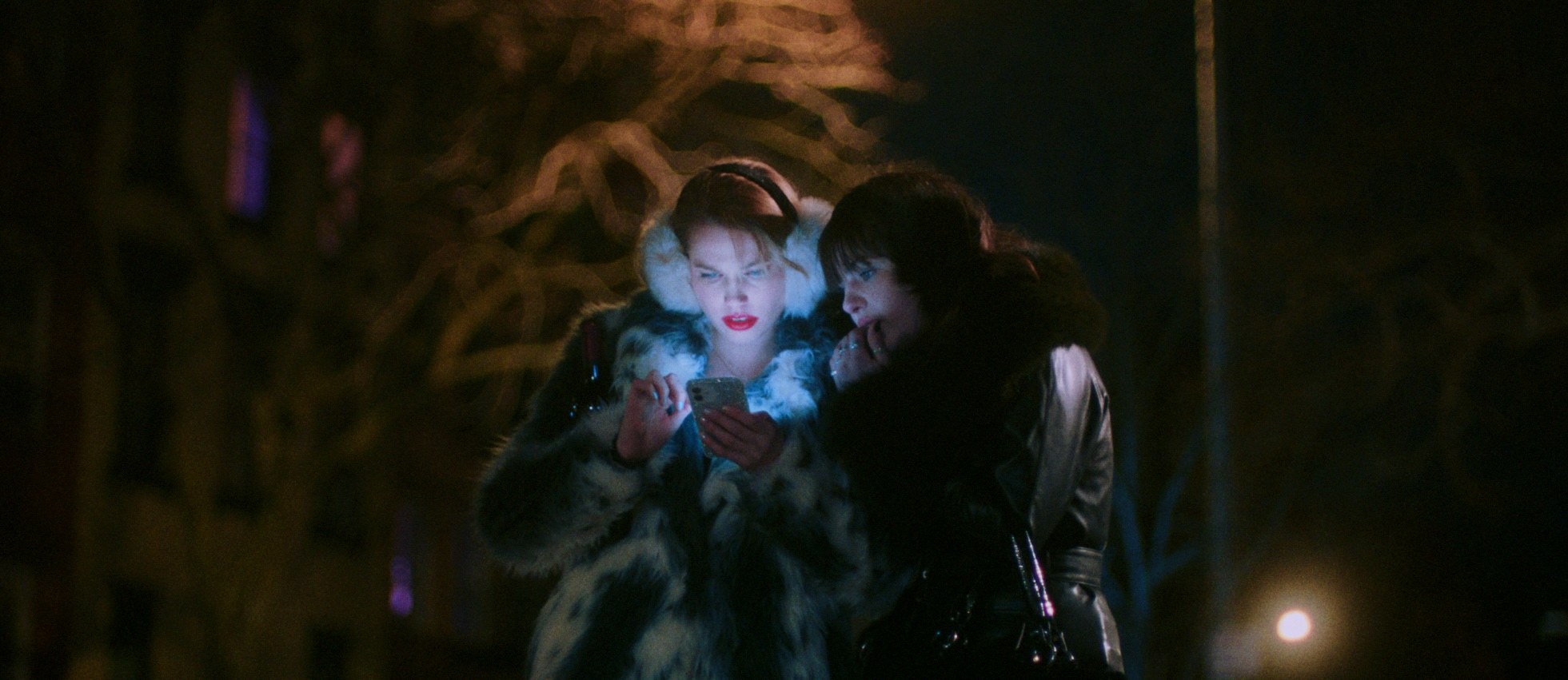

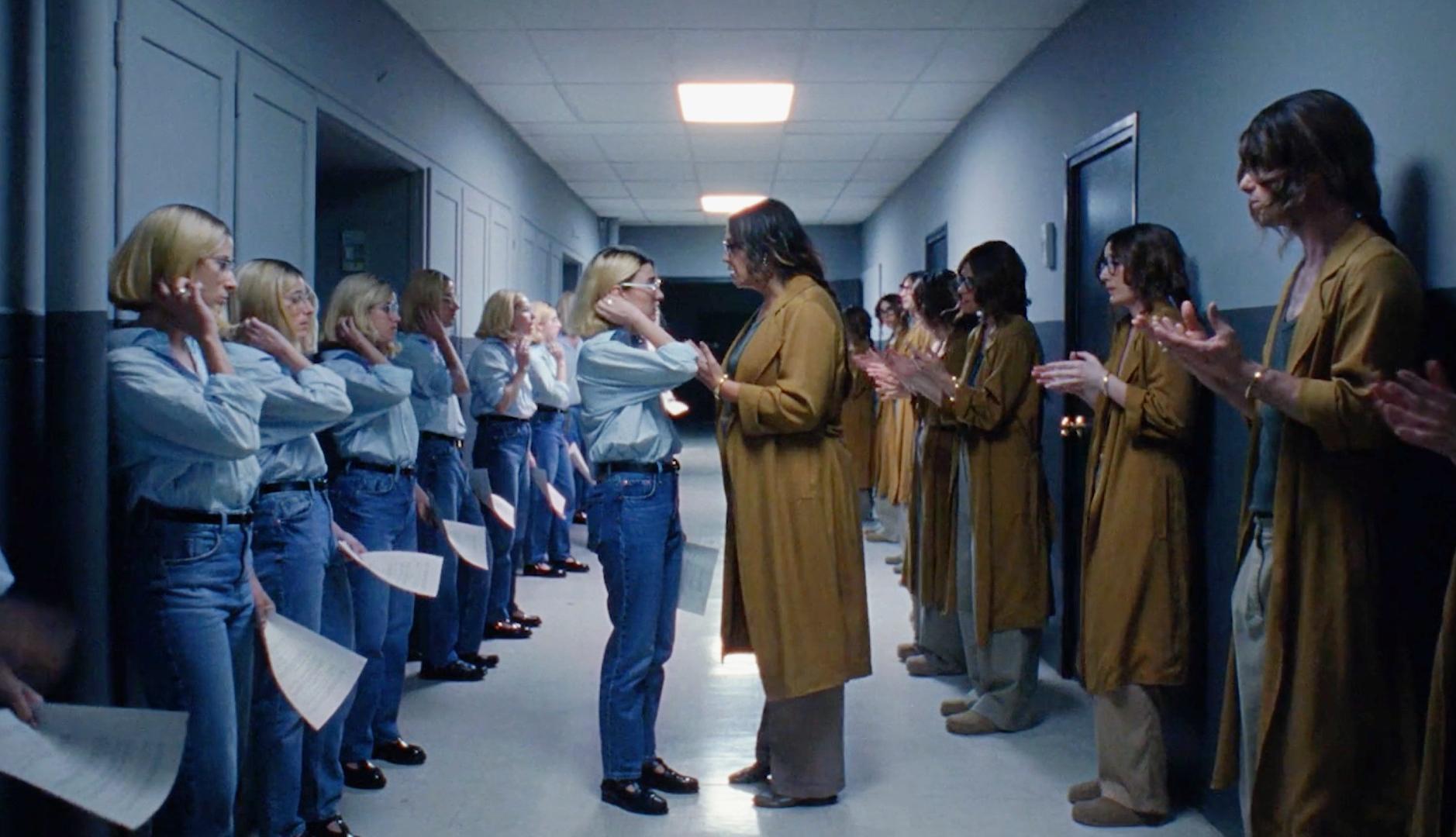
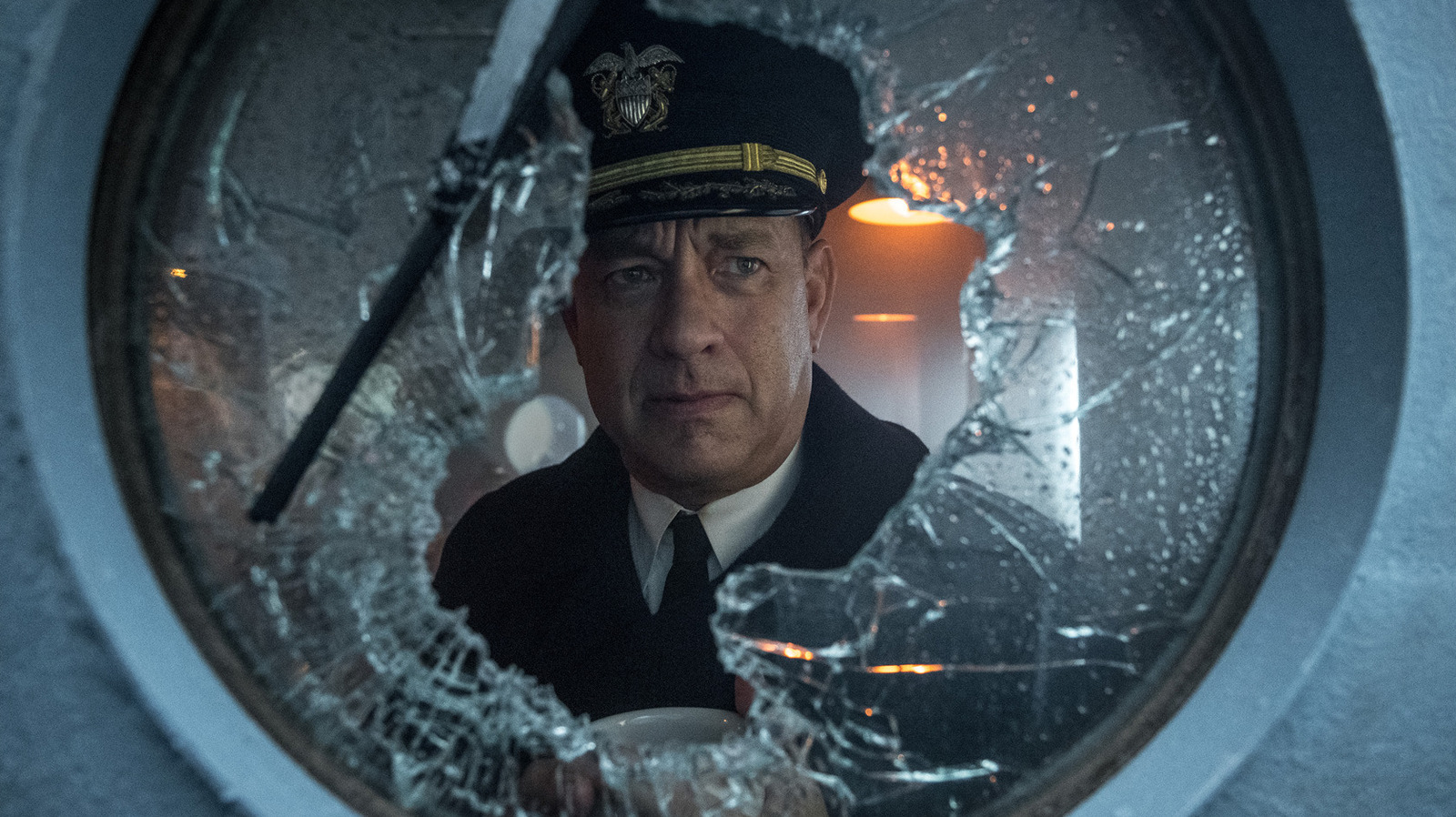
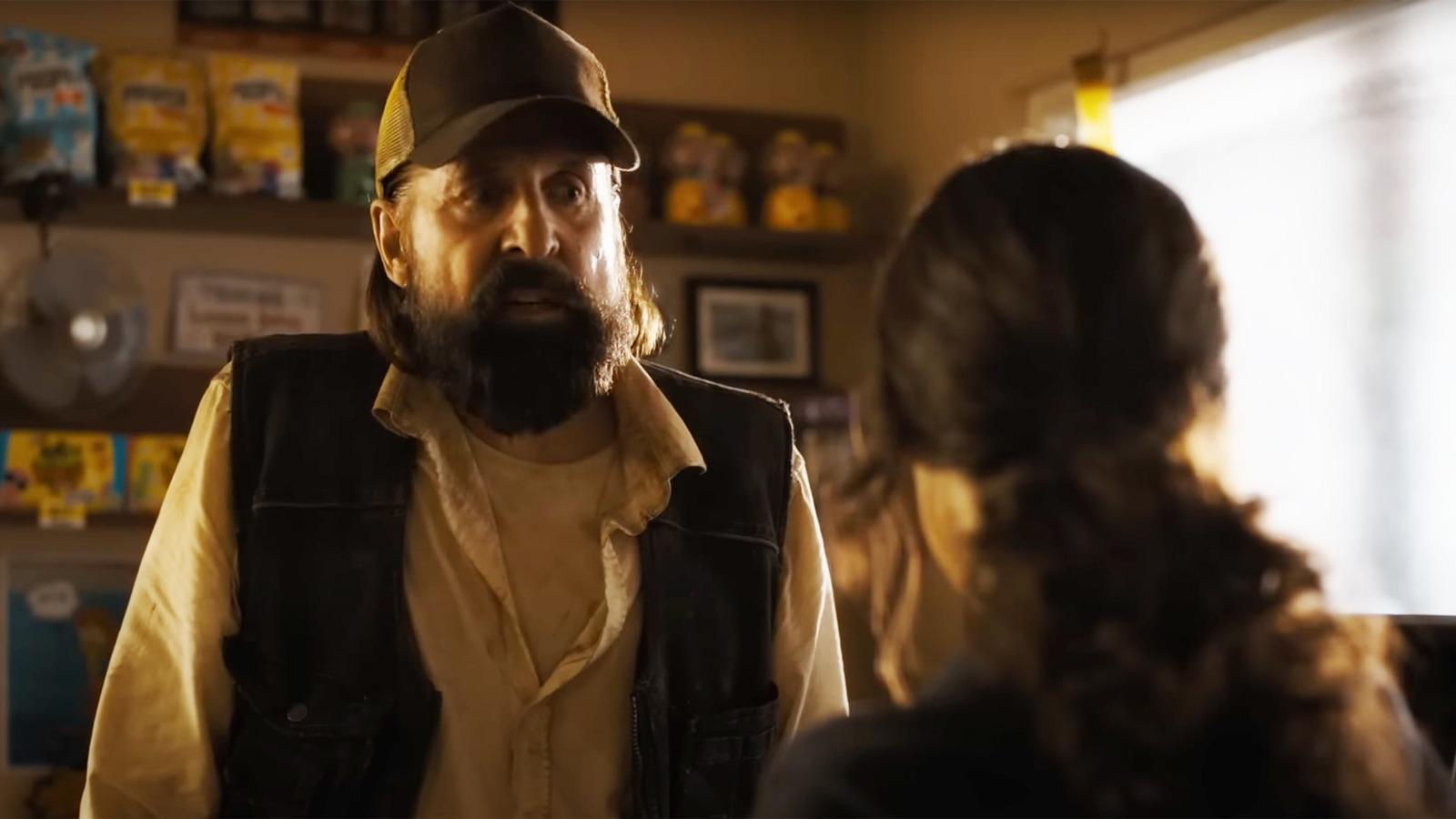

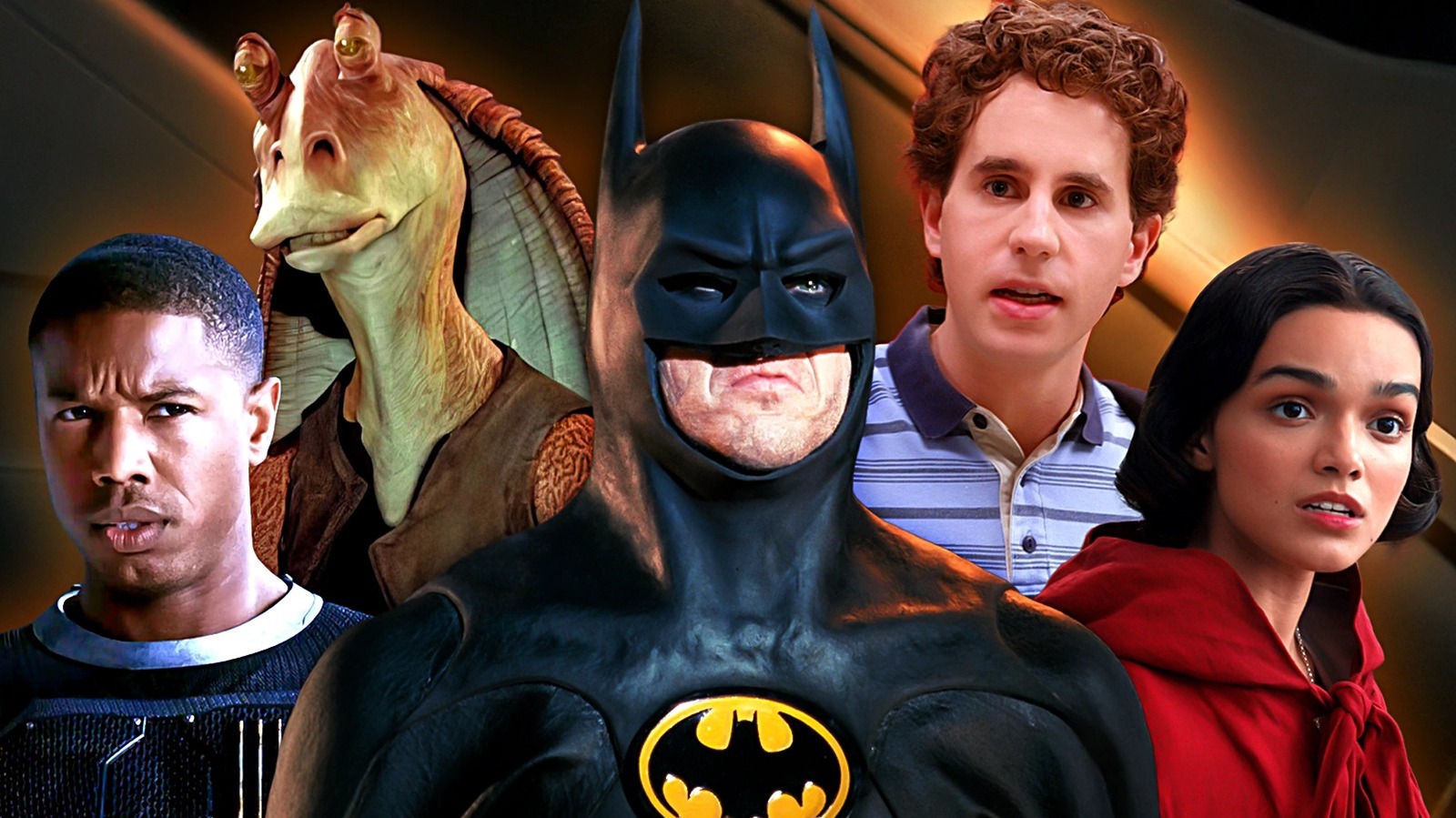









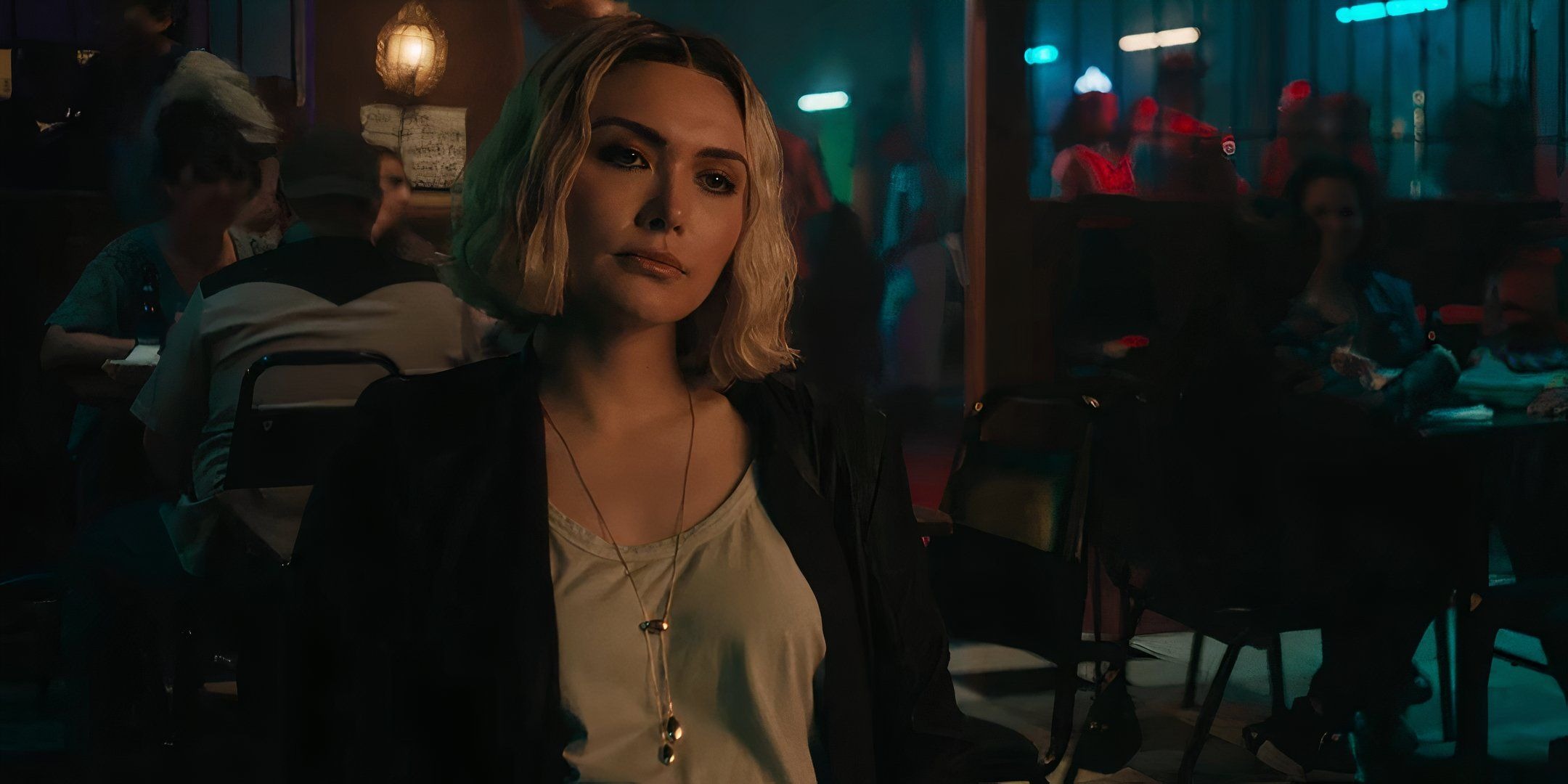
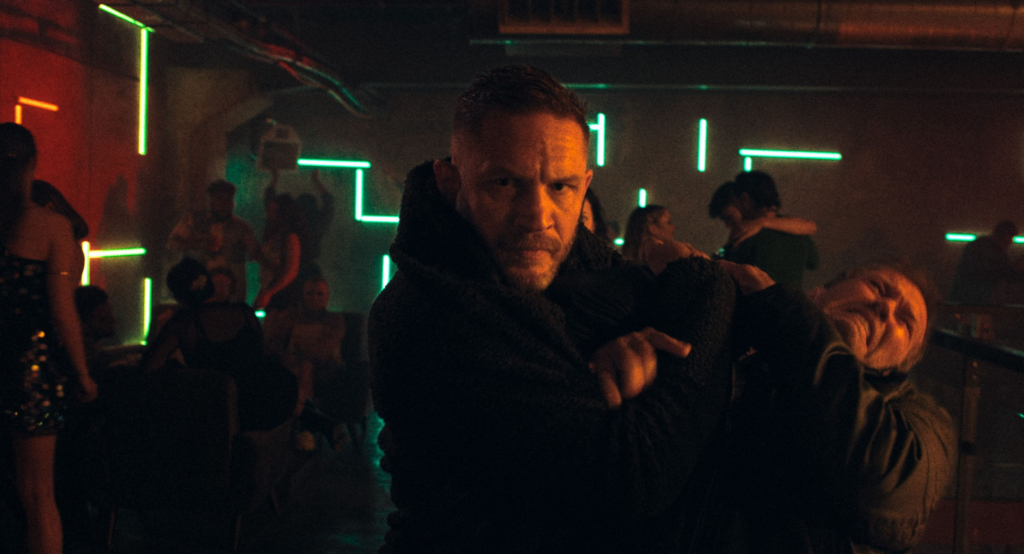
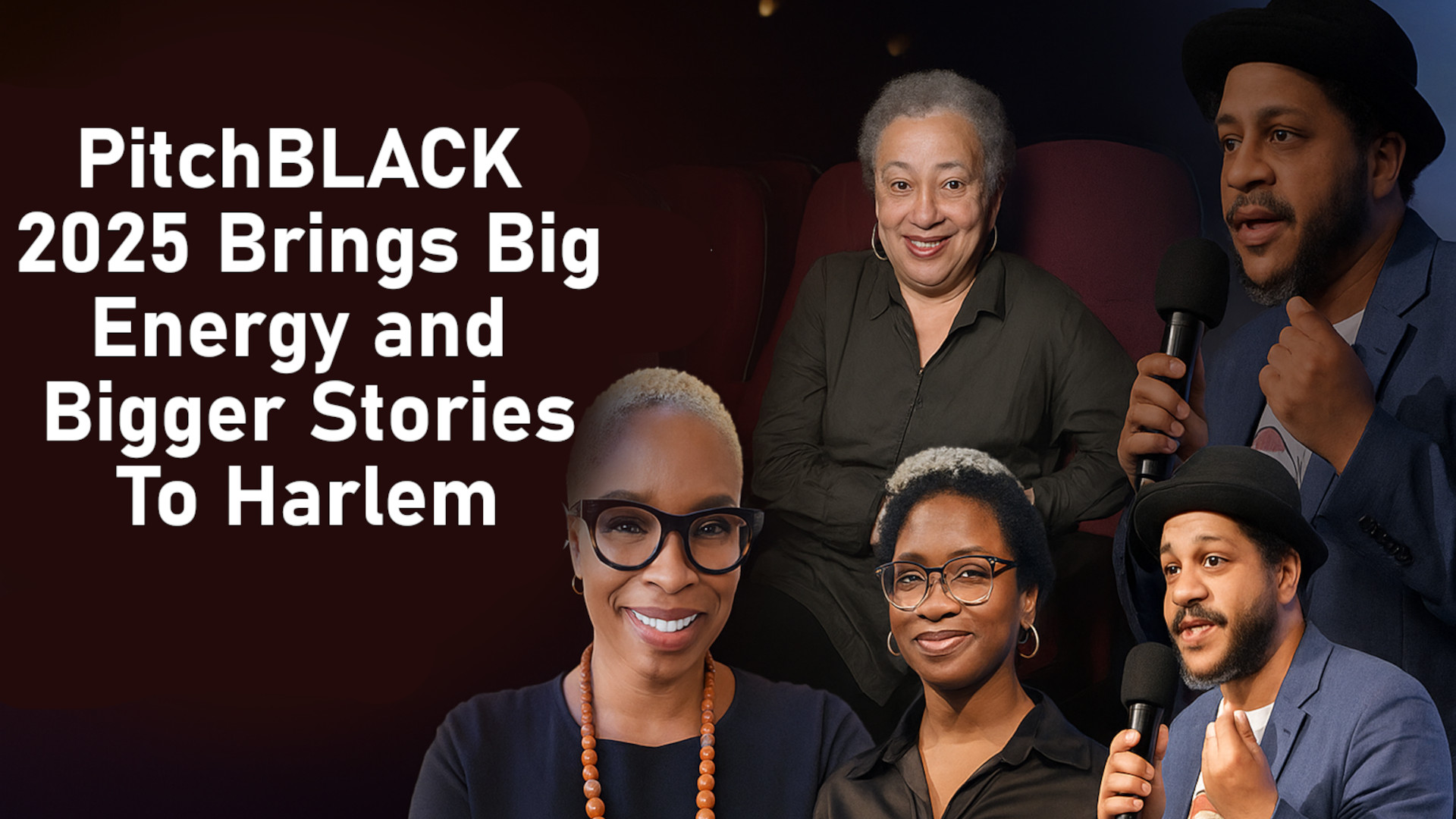
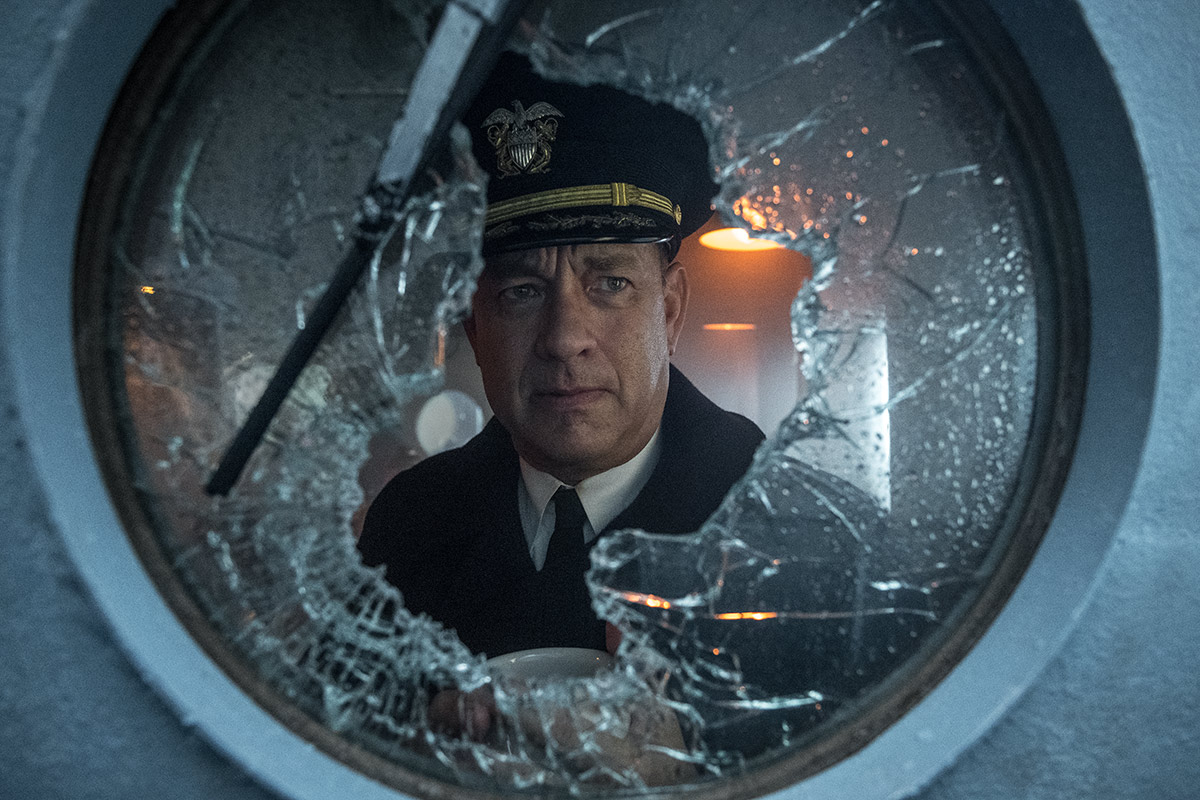
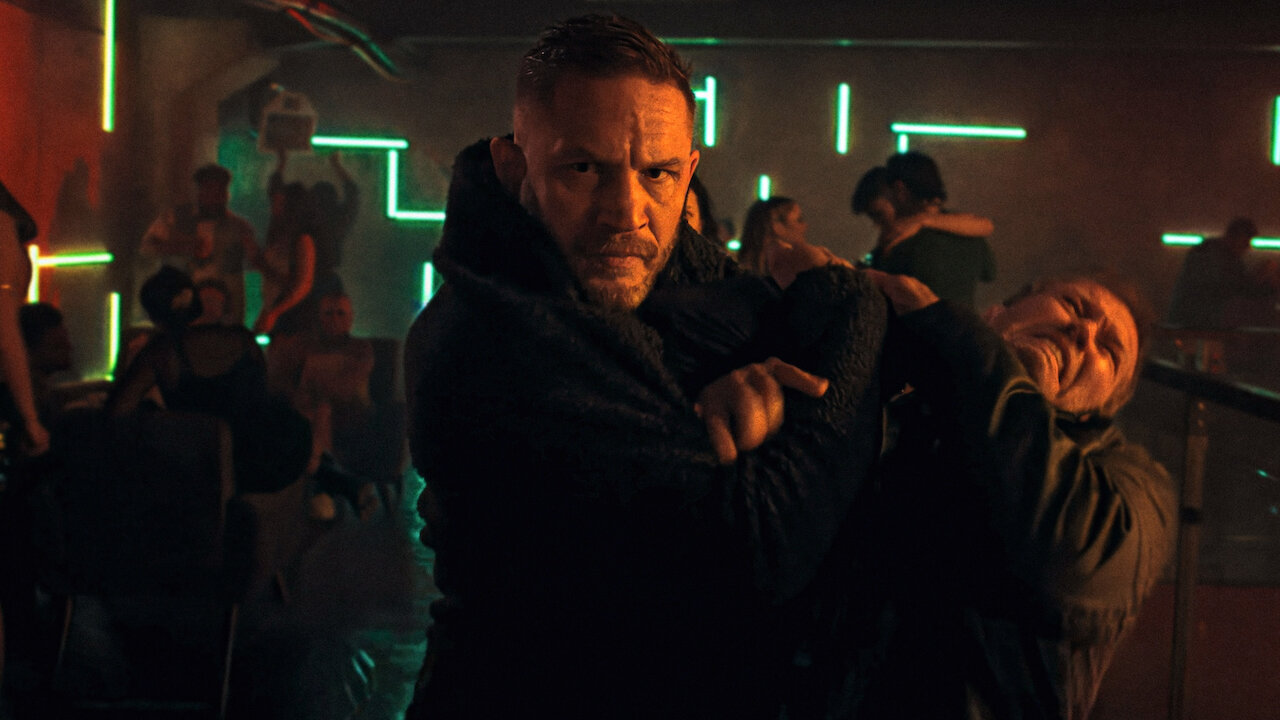
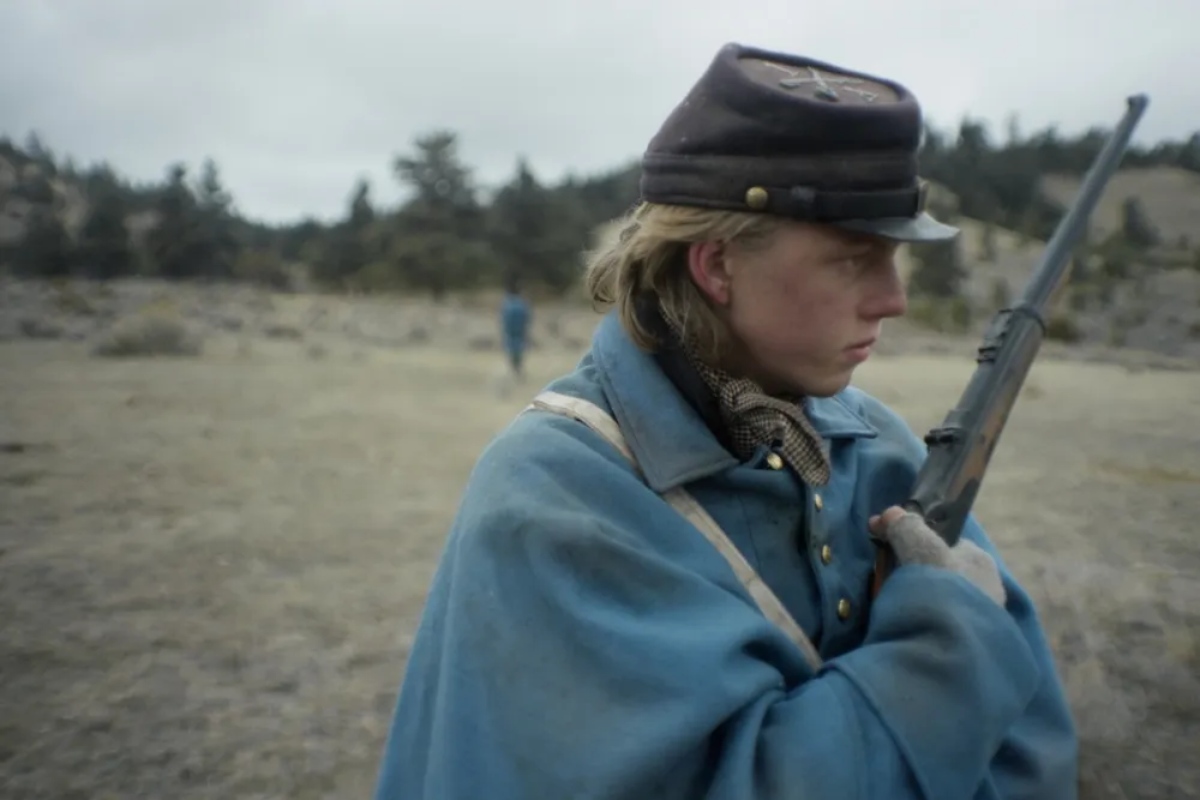
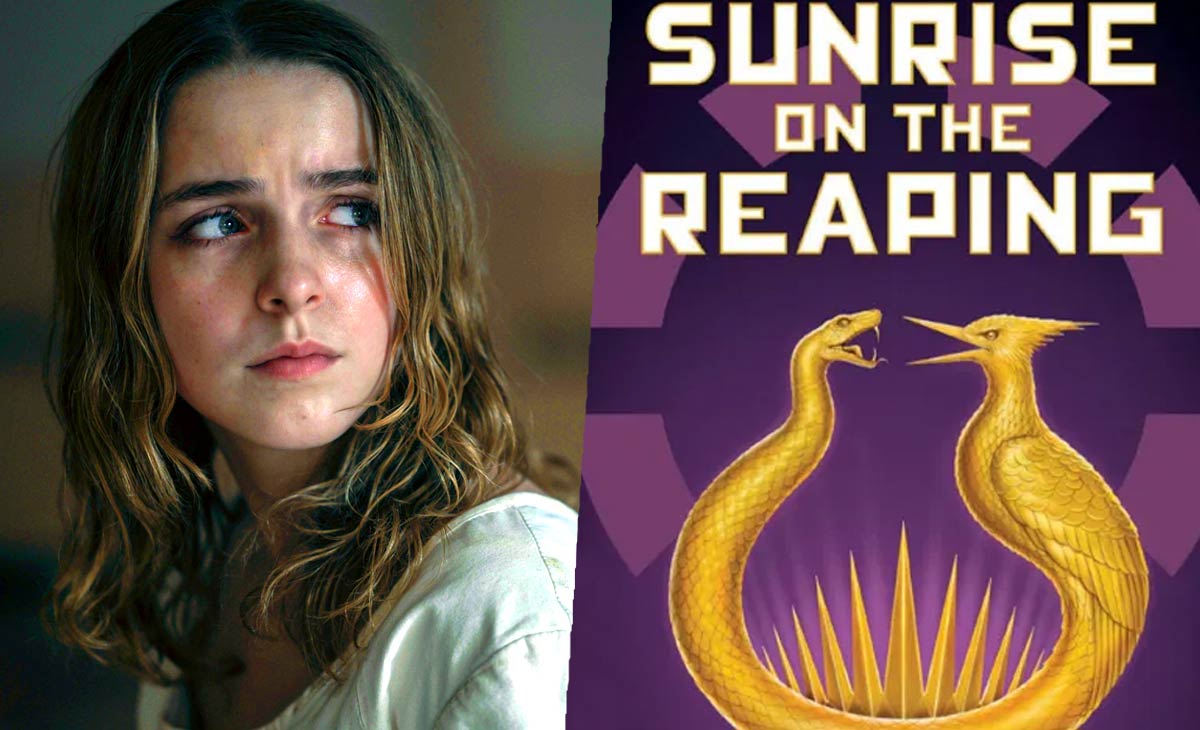
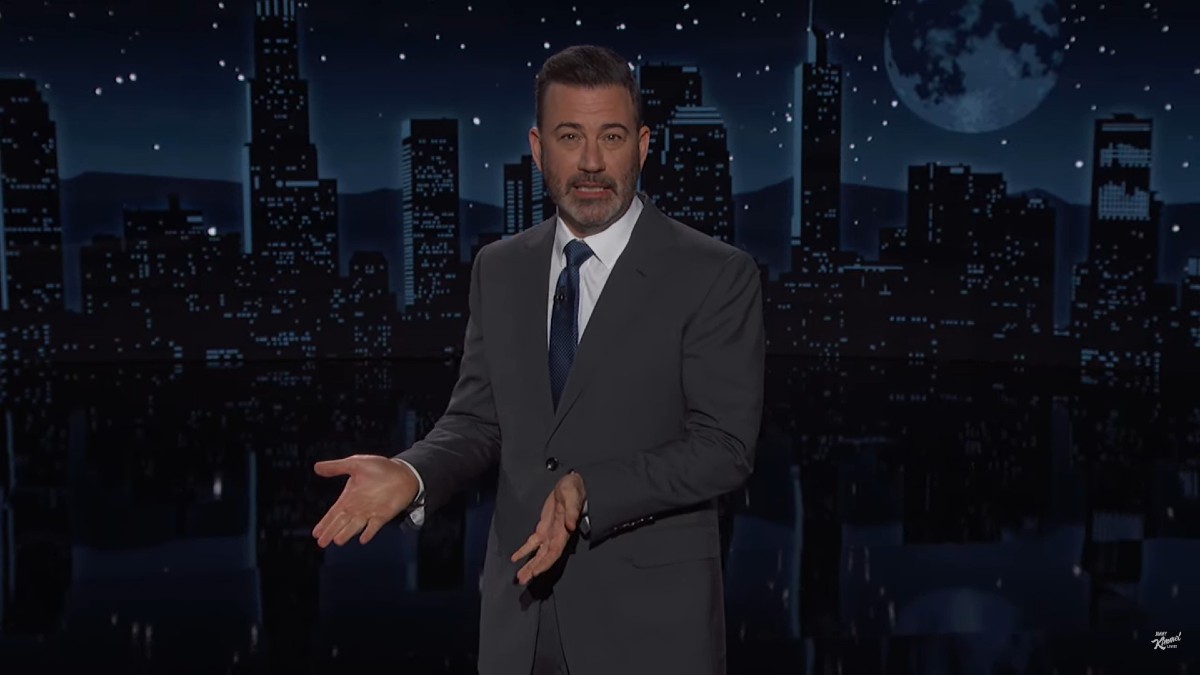

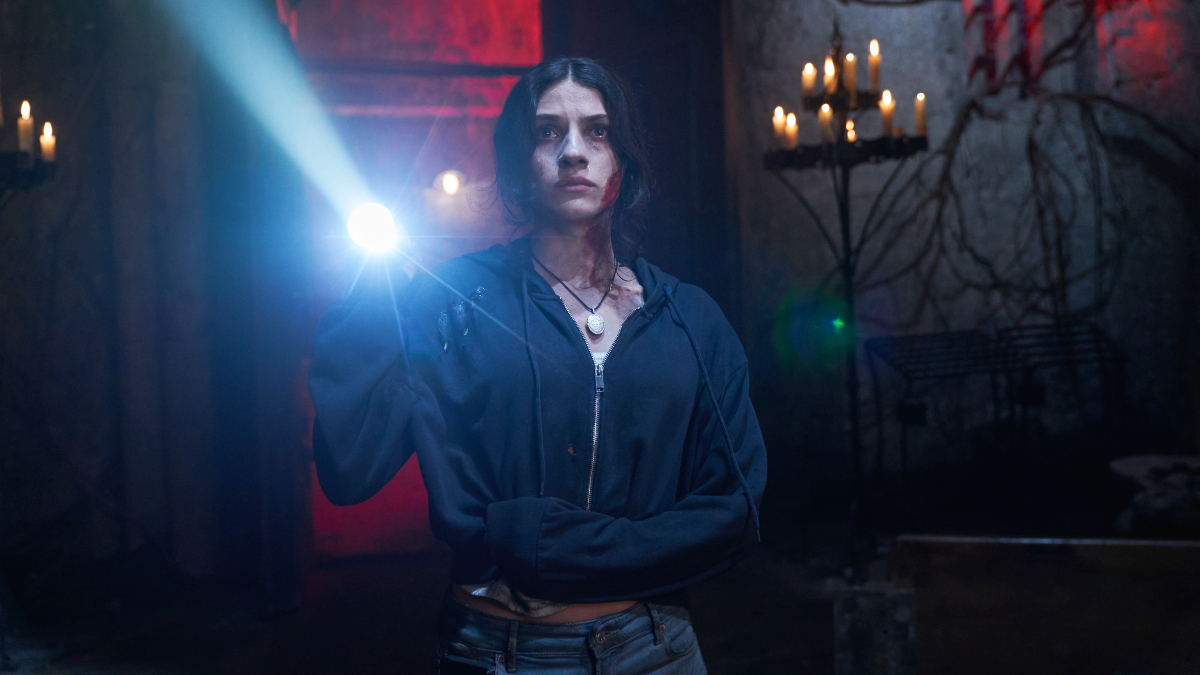






































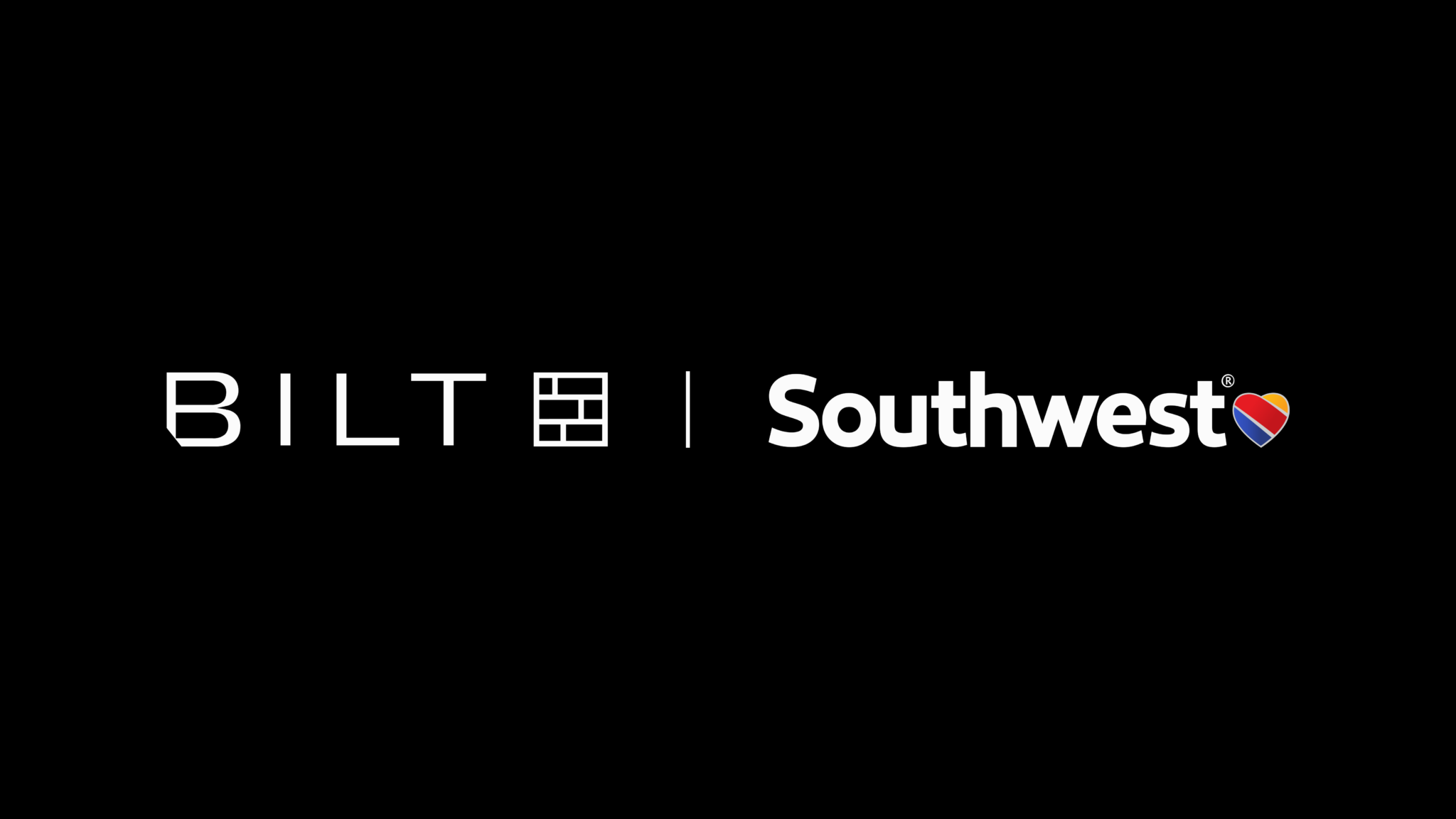



























































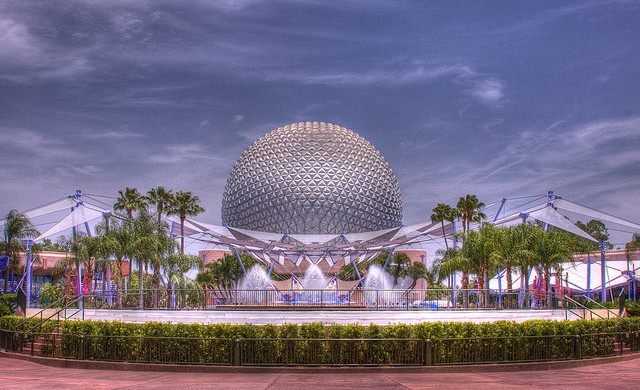

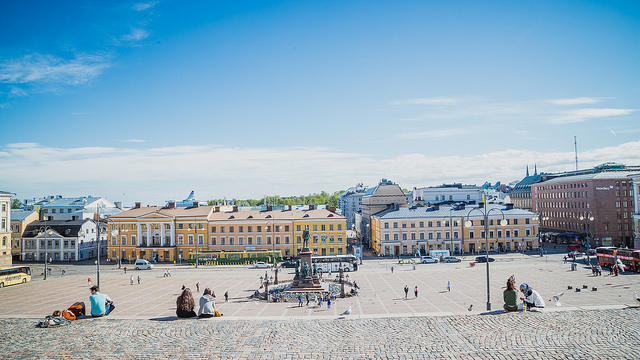













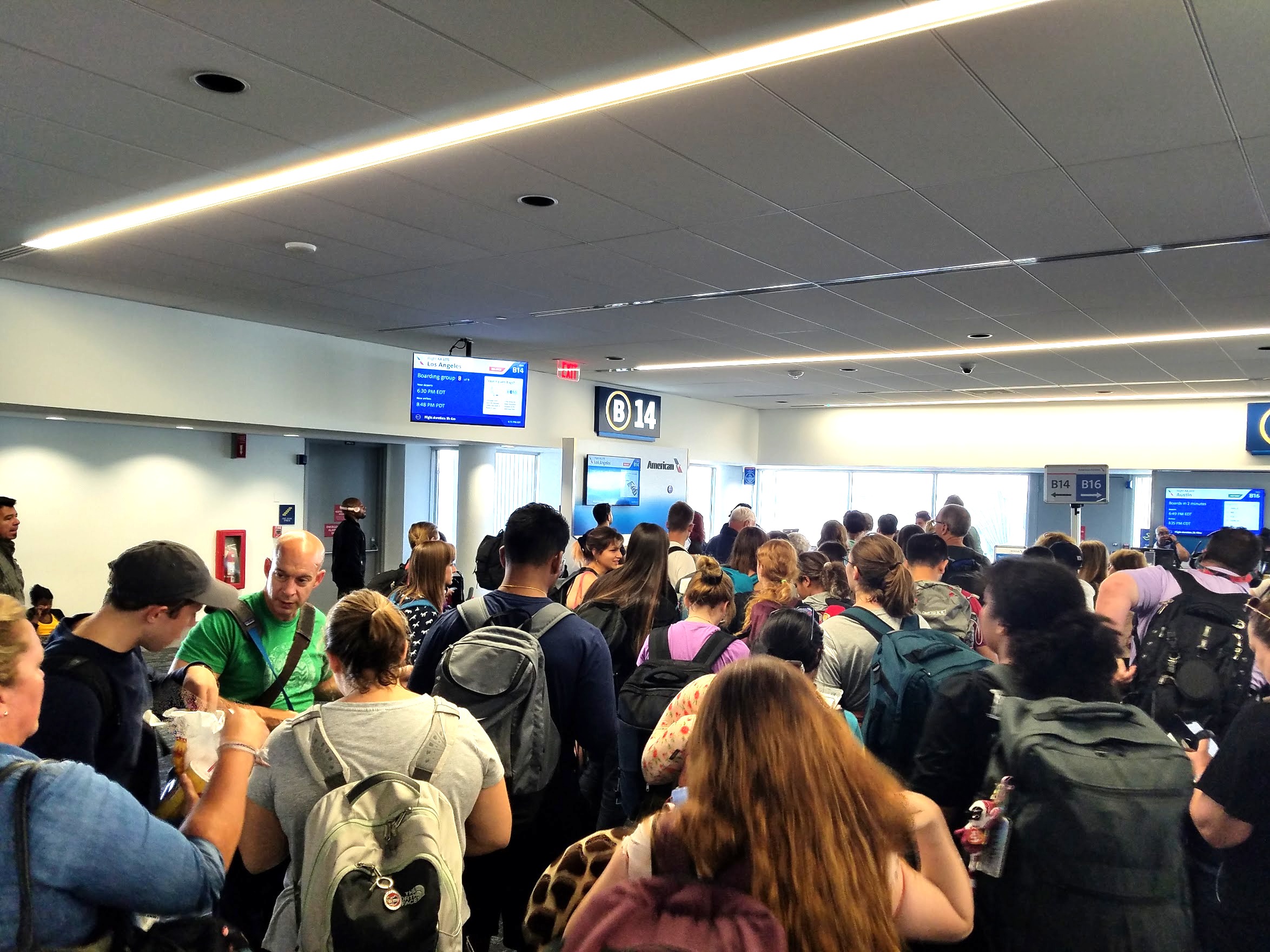
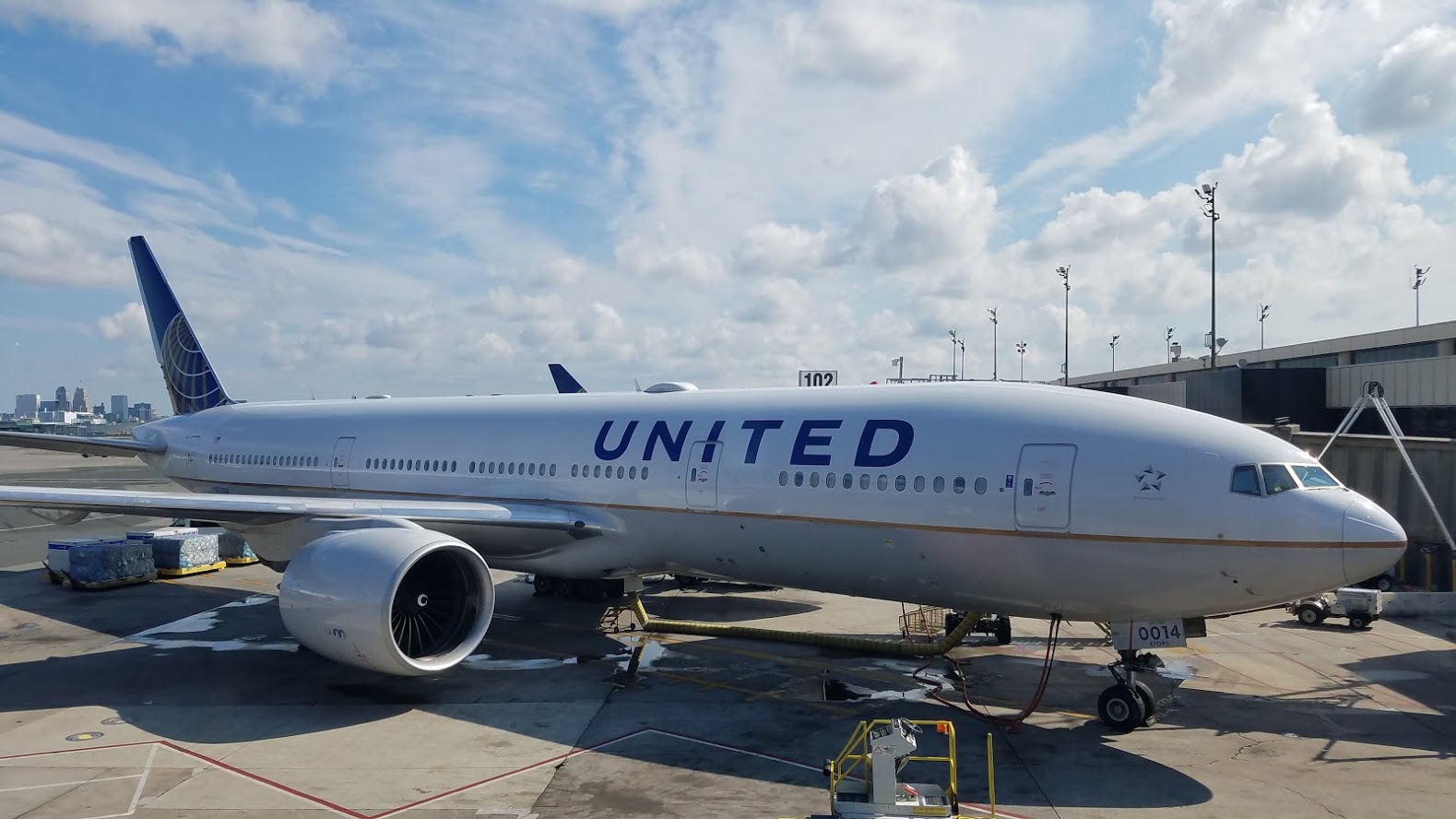






















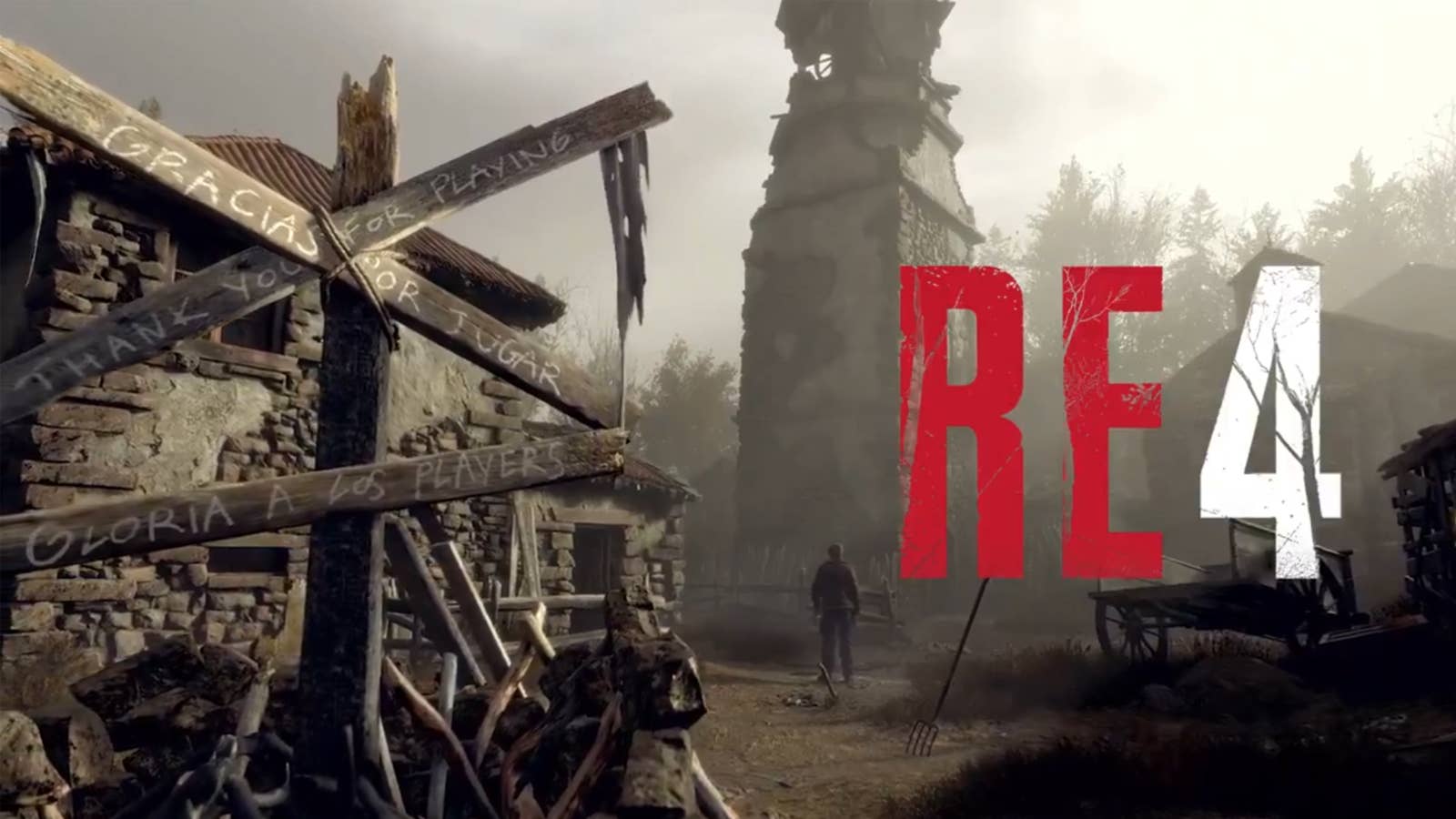















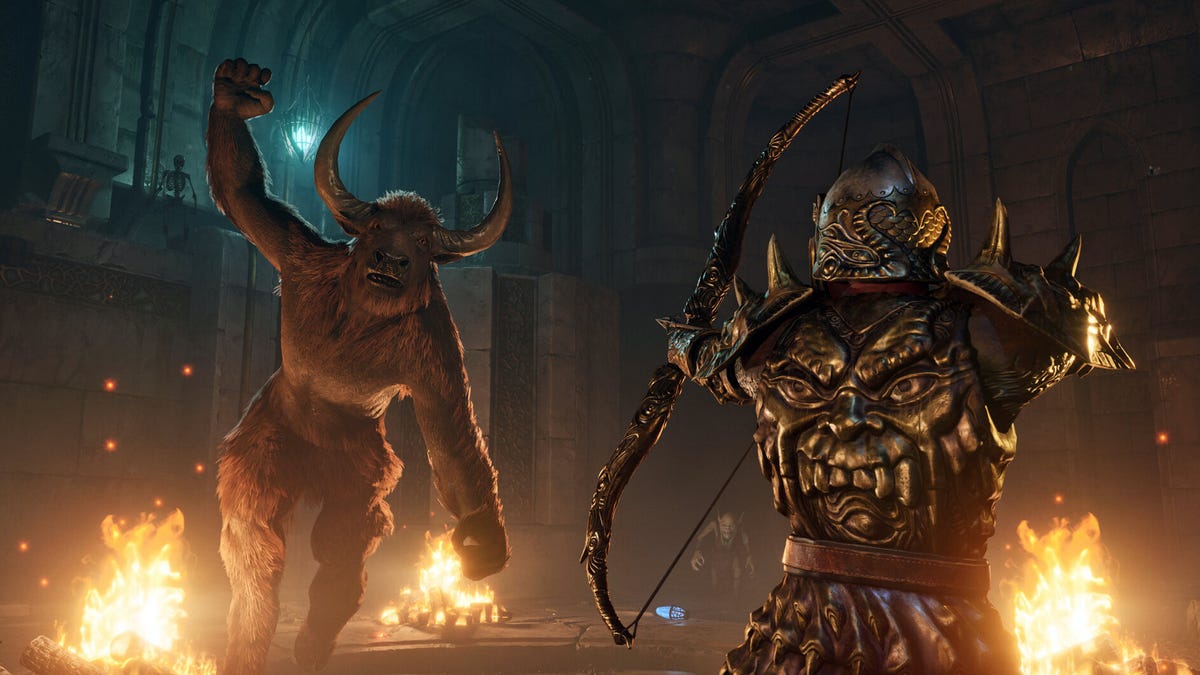
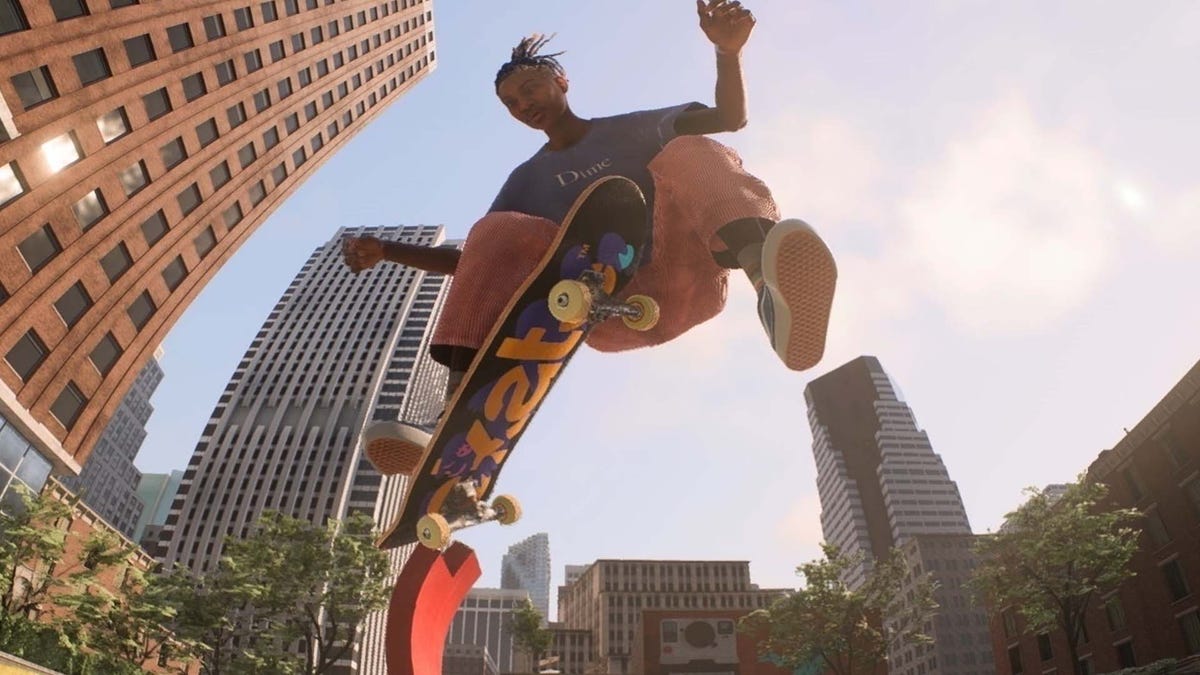









































.jpg?width=1920&height=1920&fit=bounds&quality=70&format=jpg&auto=webp#)




























































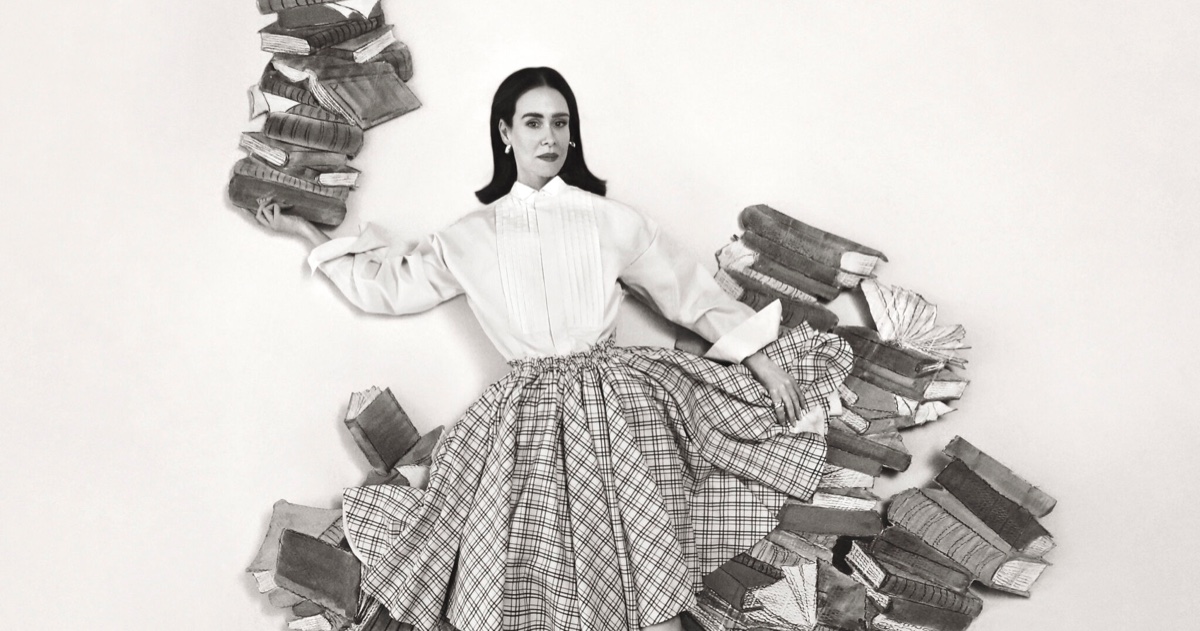





















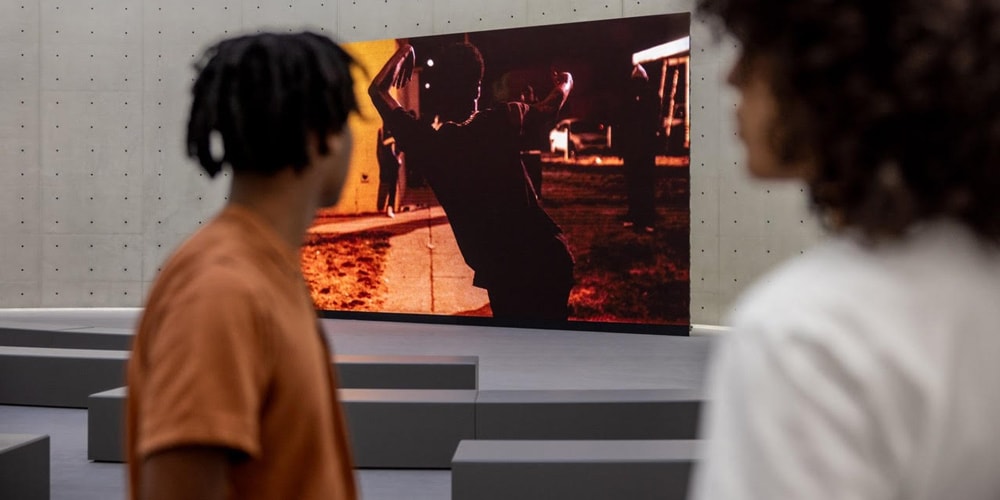

![[Podcast] Unlocking Innovation: How Play & Creativity Drive Success with Melissa Dinwiddie](https://justcreative.com/wp-content/uploads/2025/04/melissa-dinwiddie-youtube.png)









































































